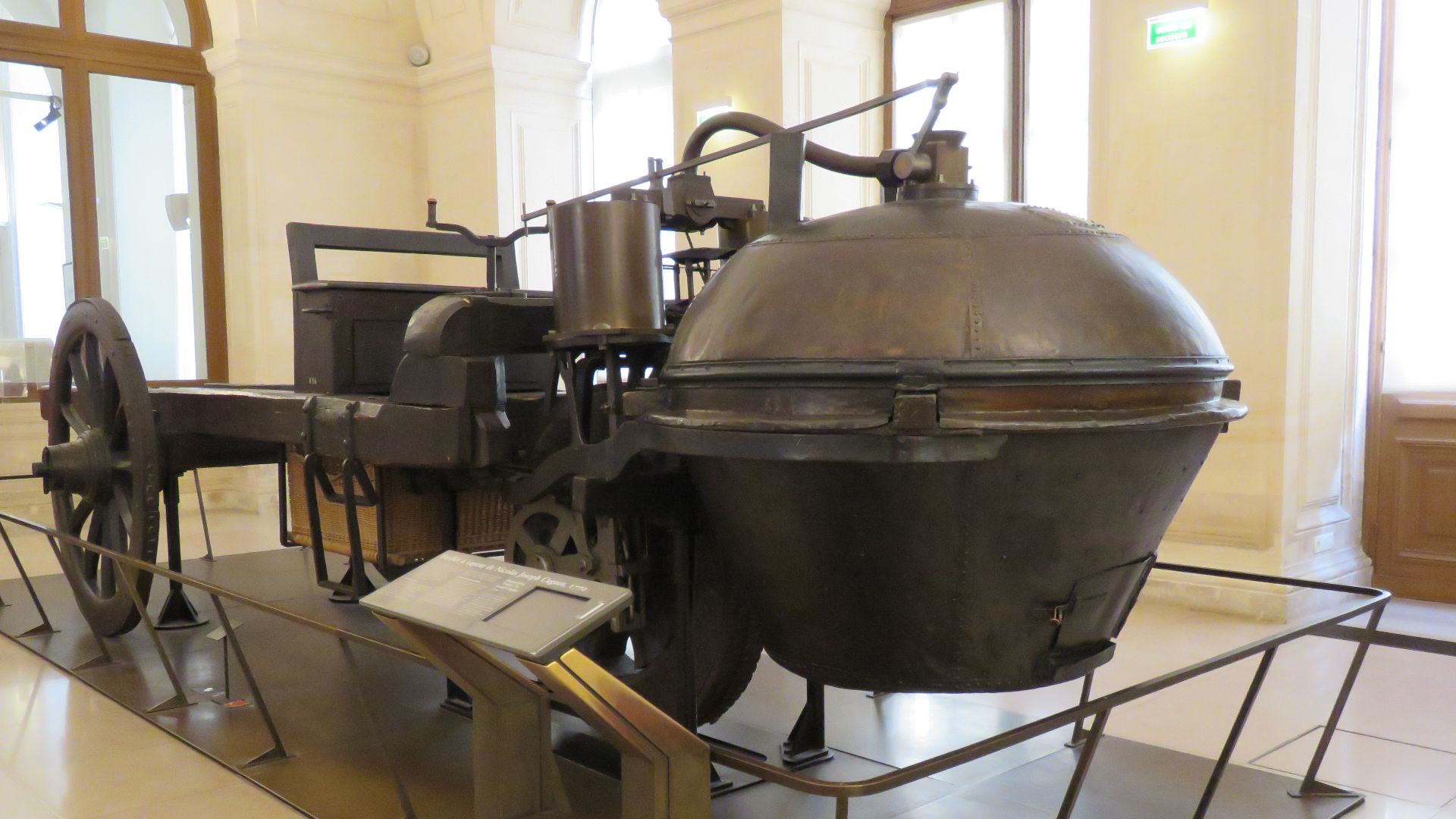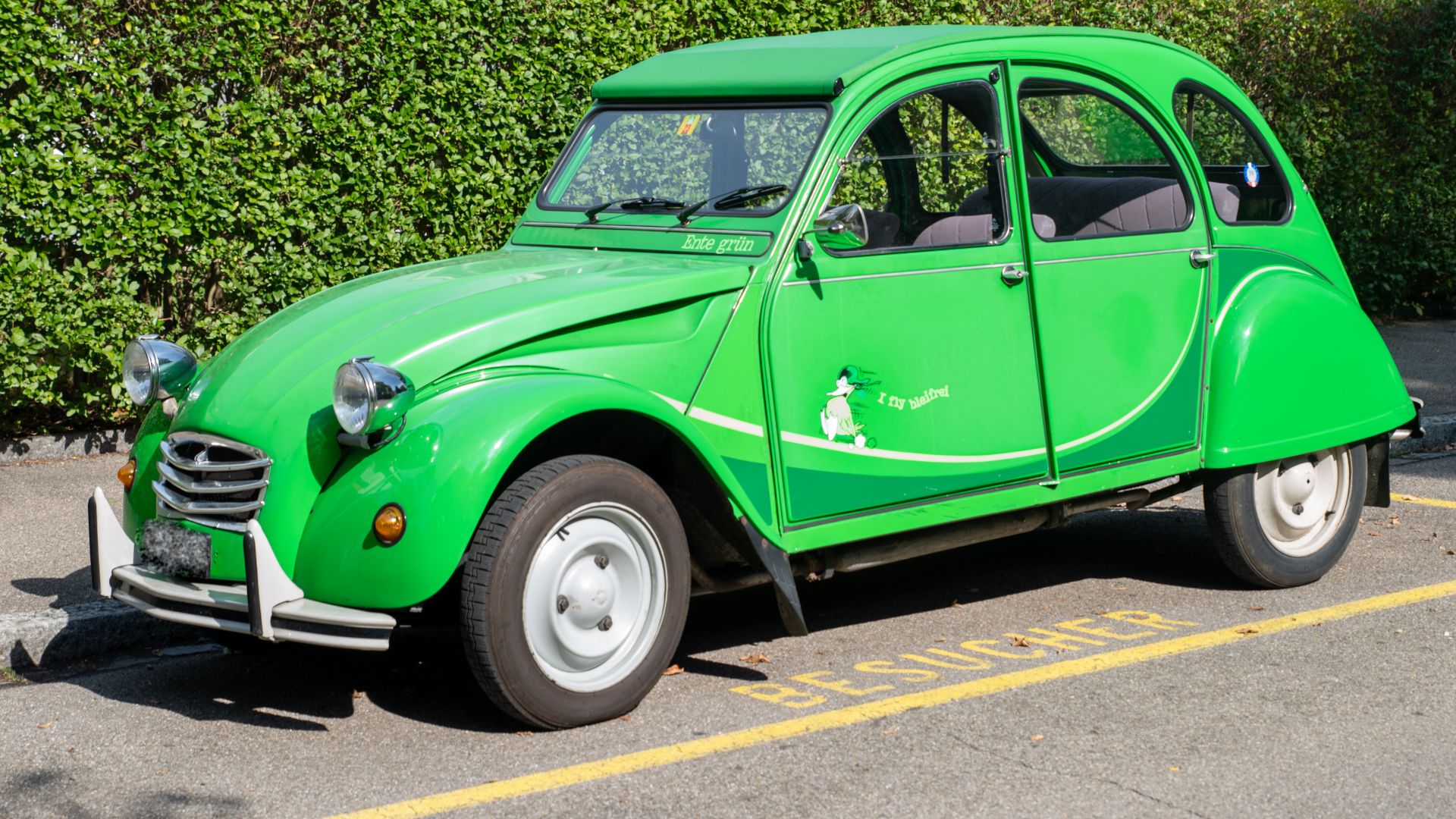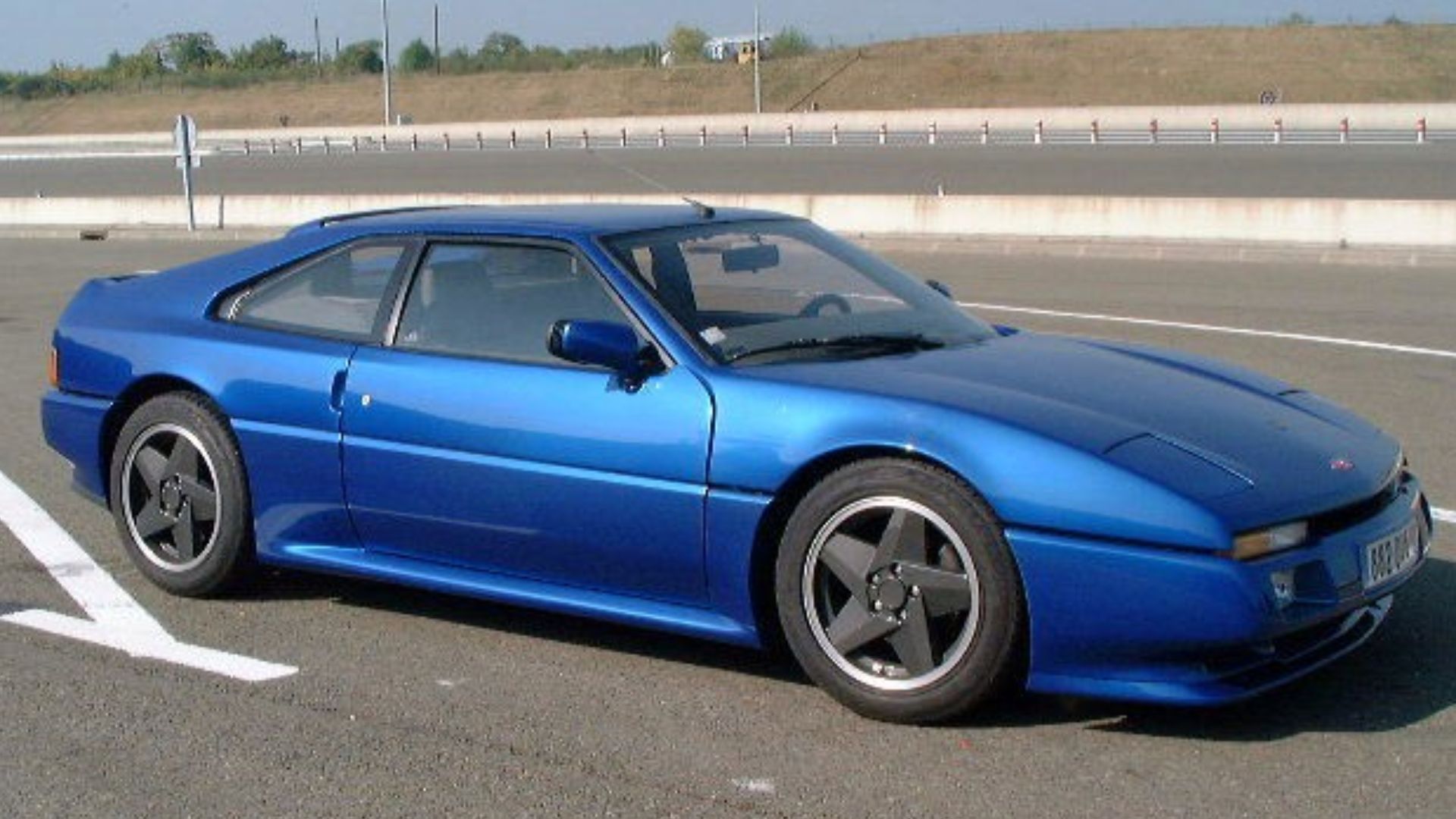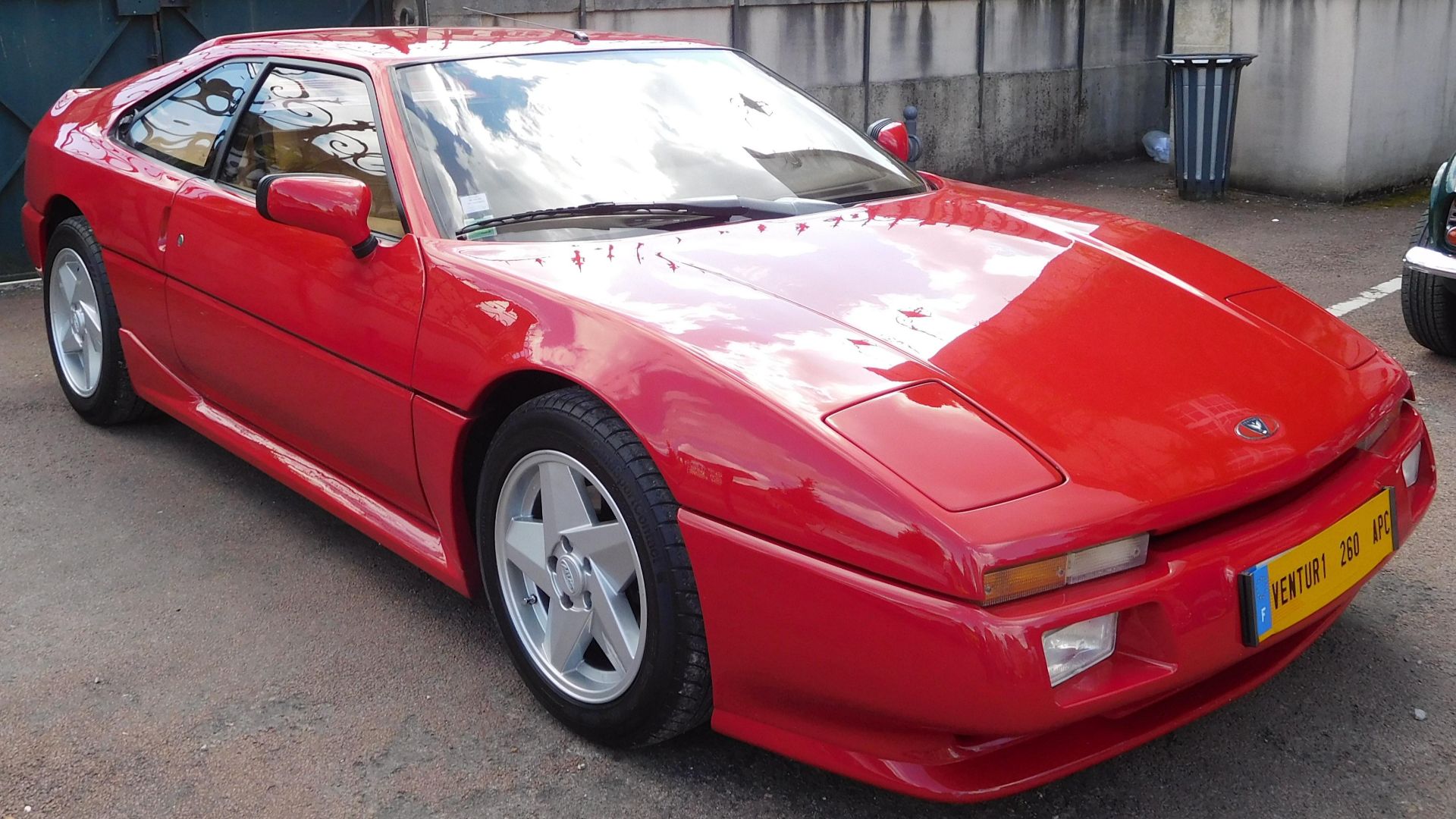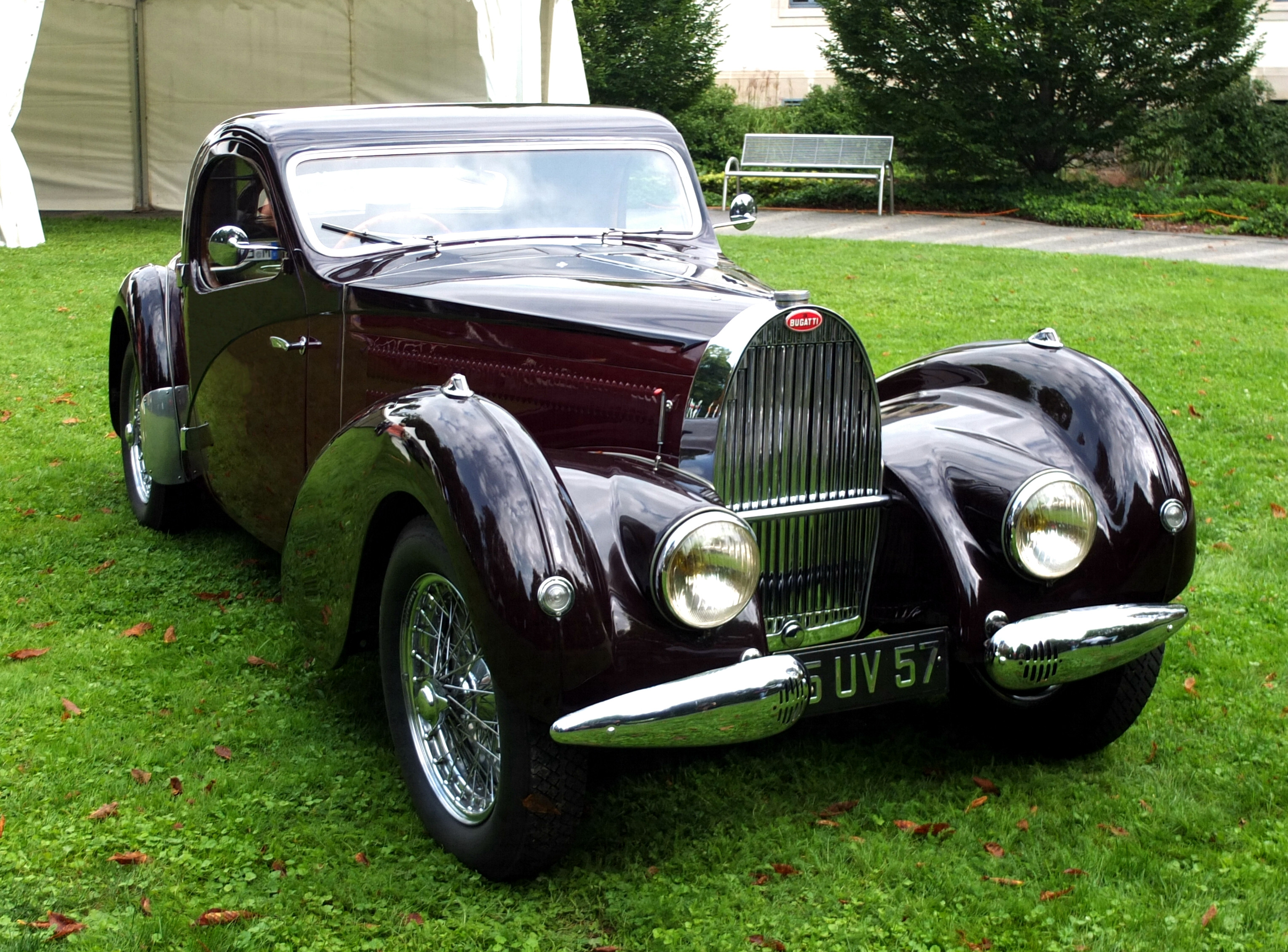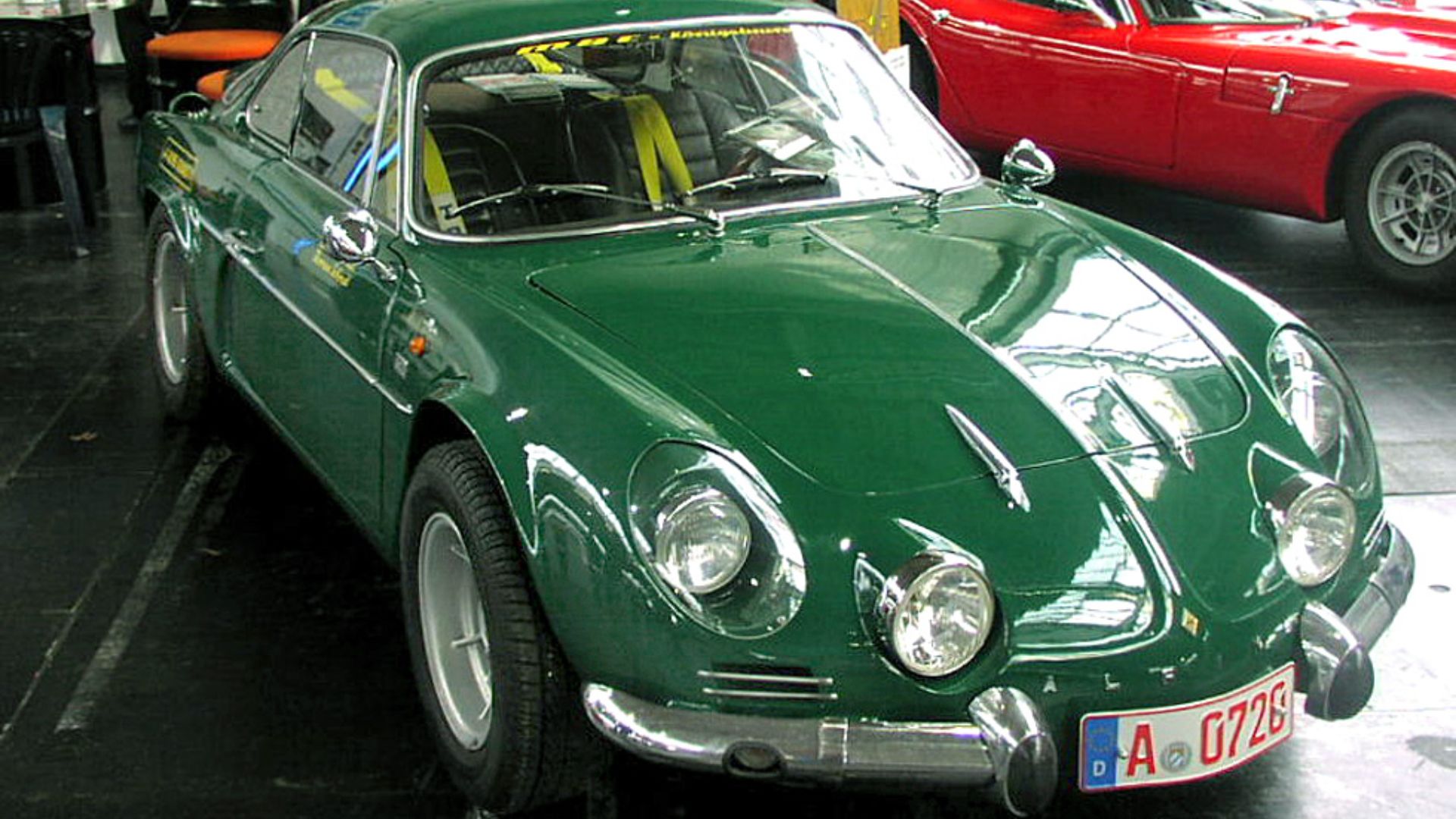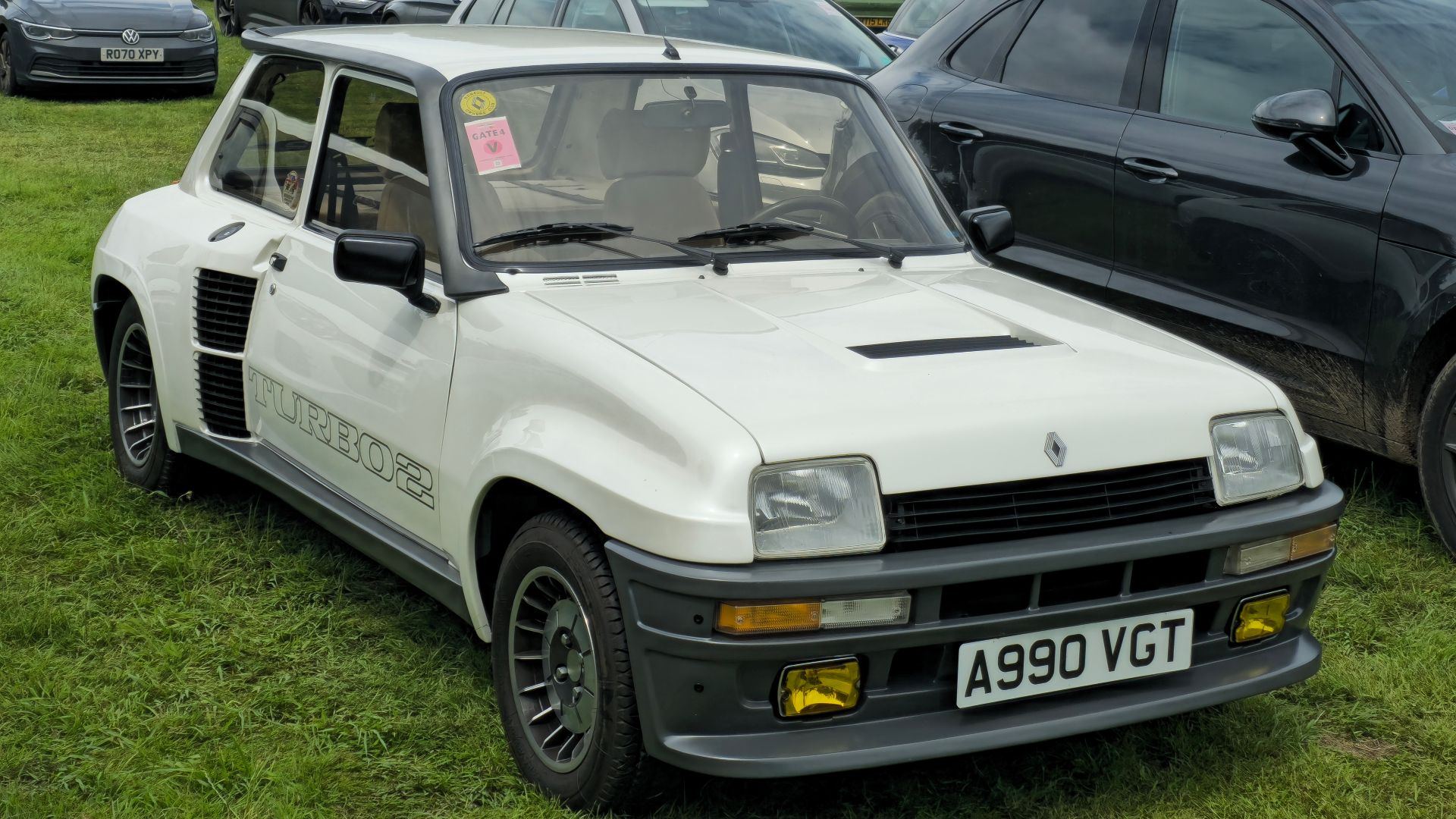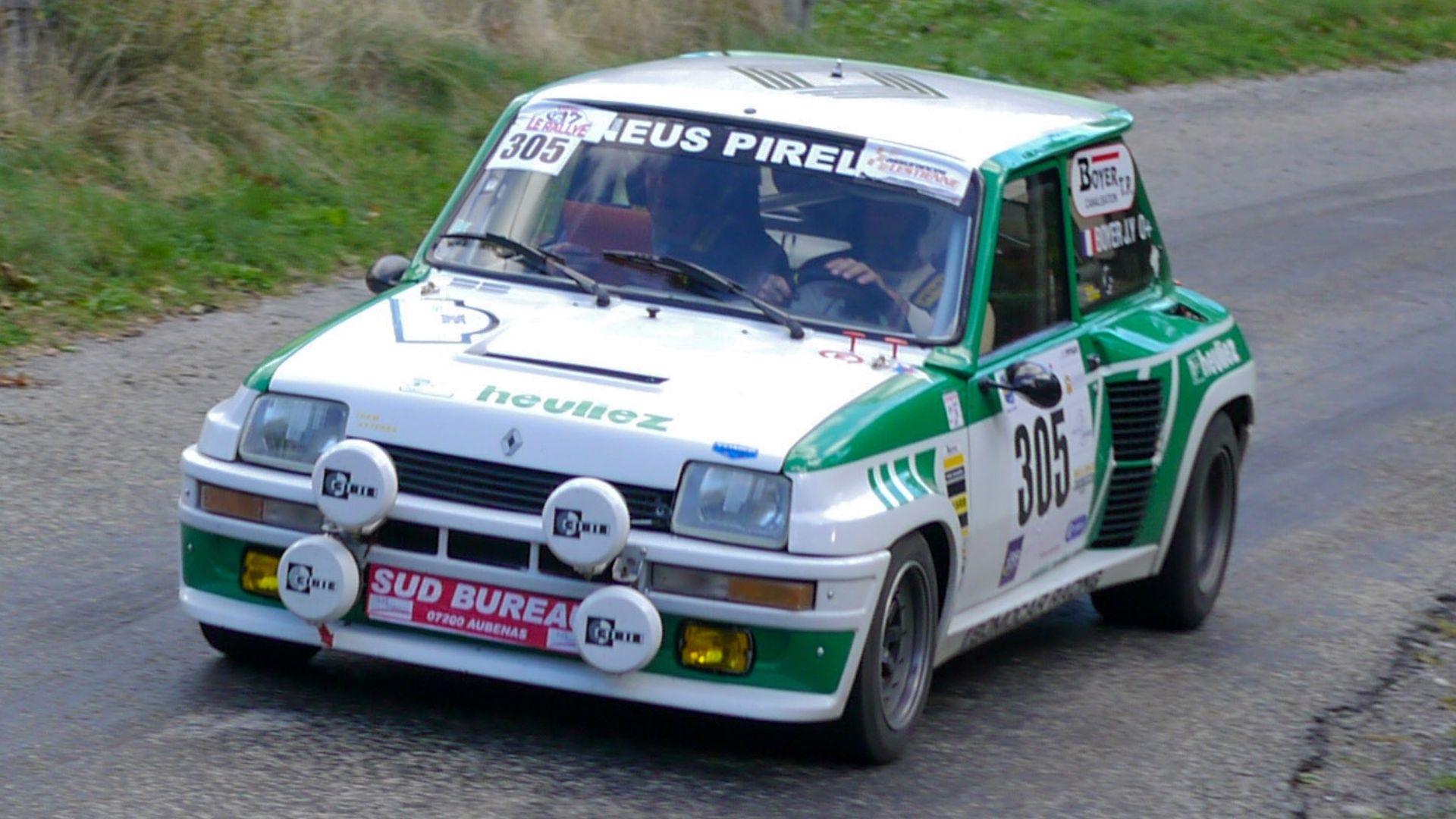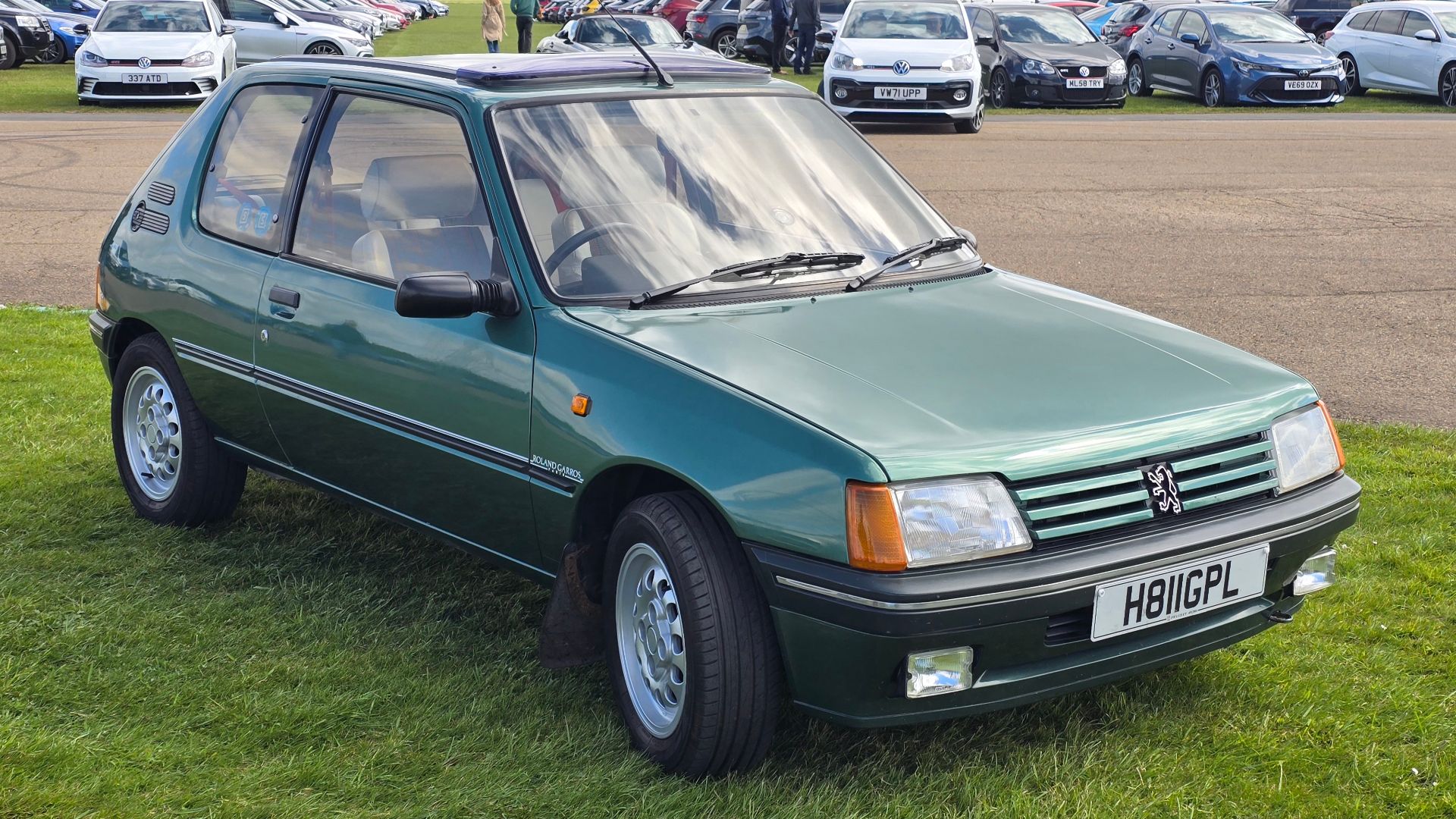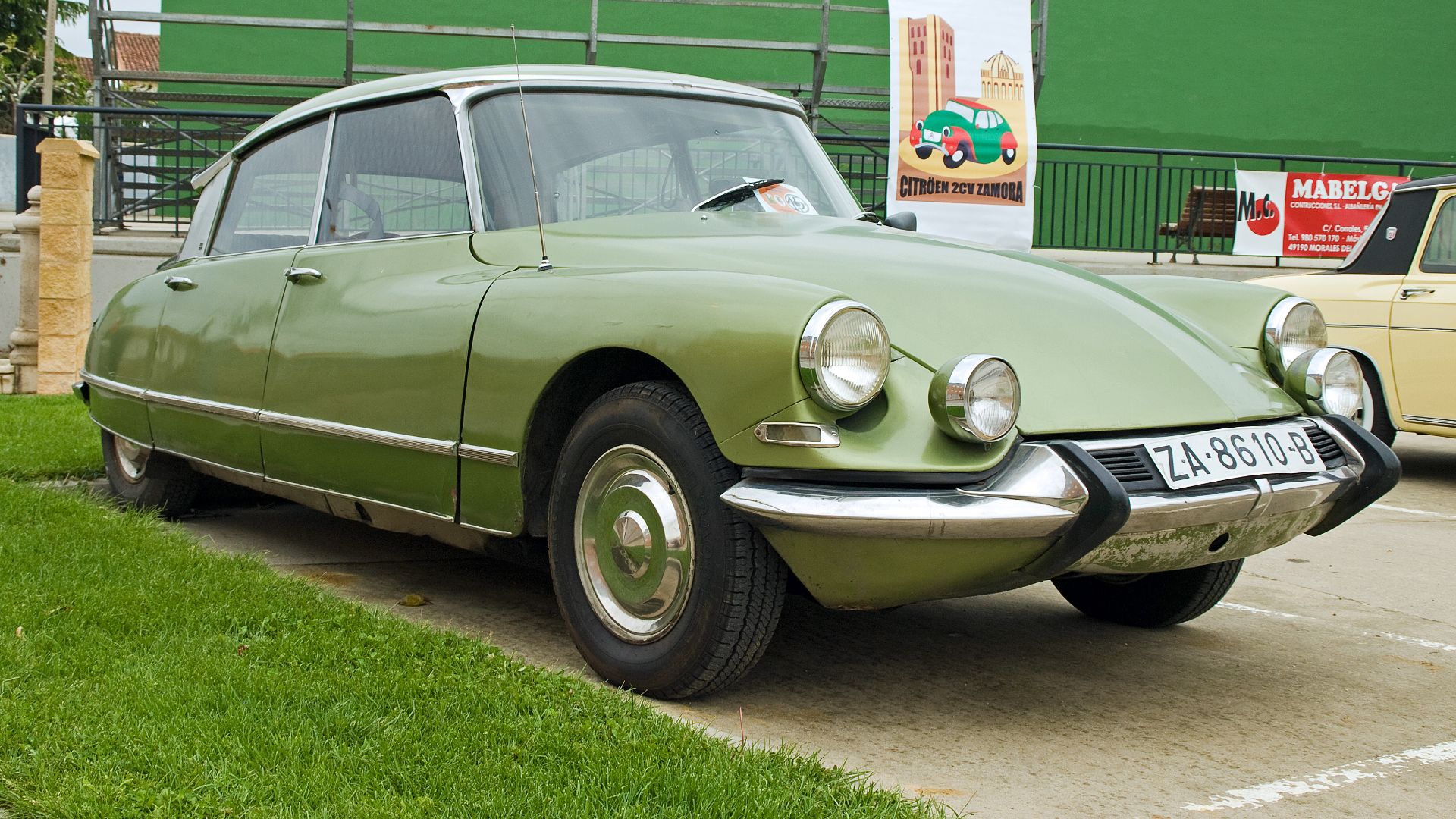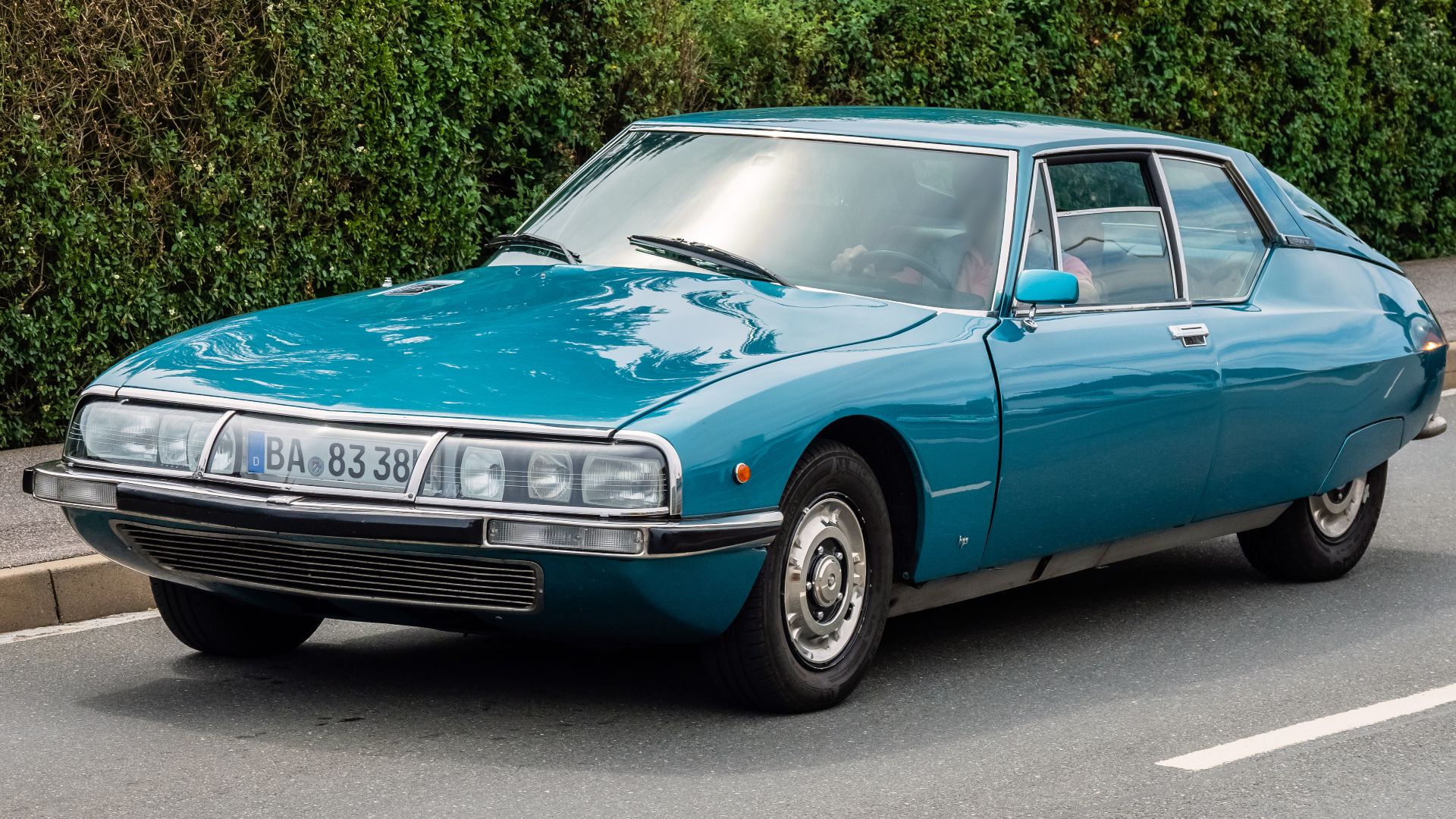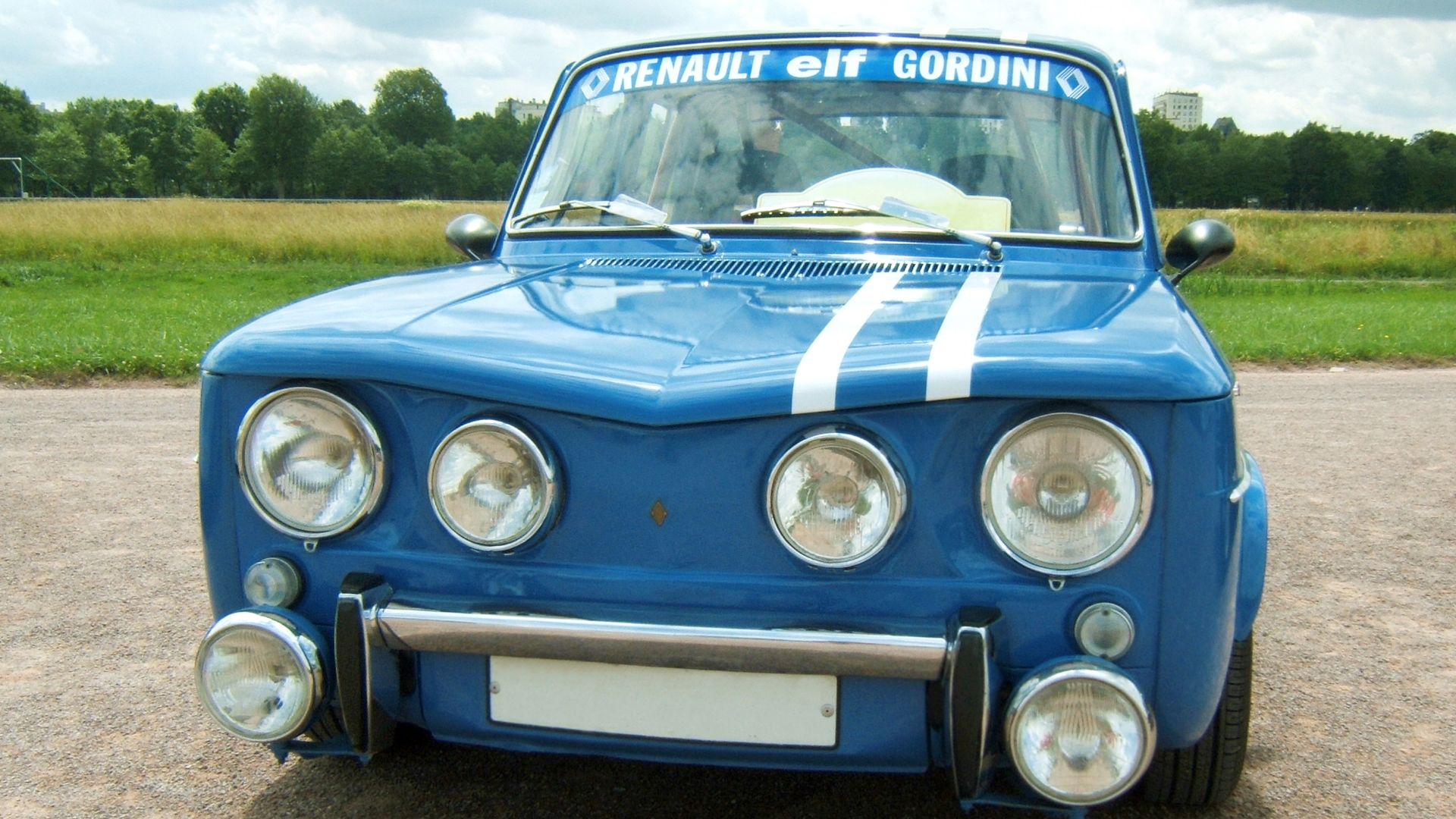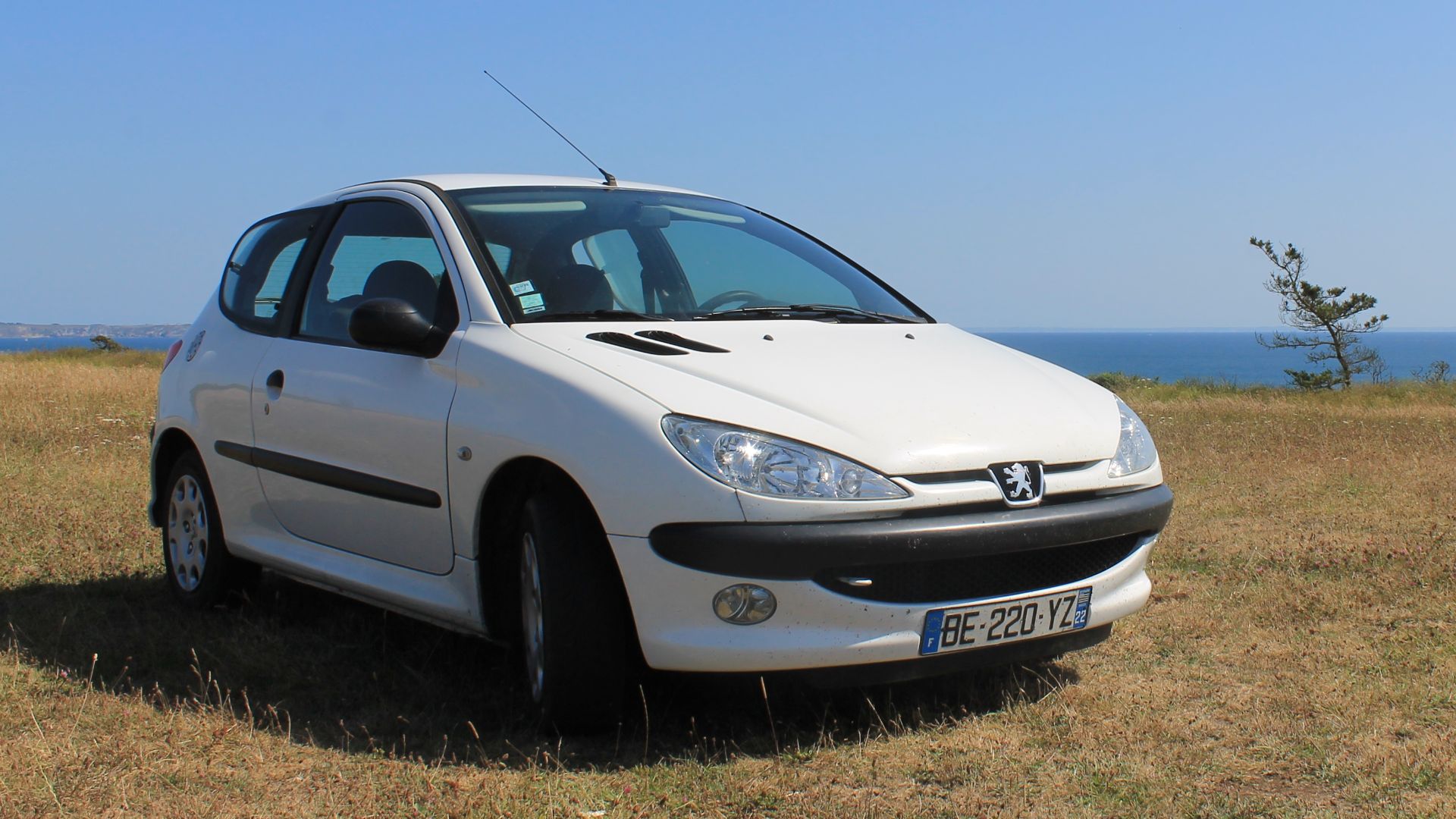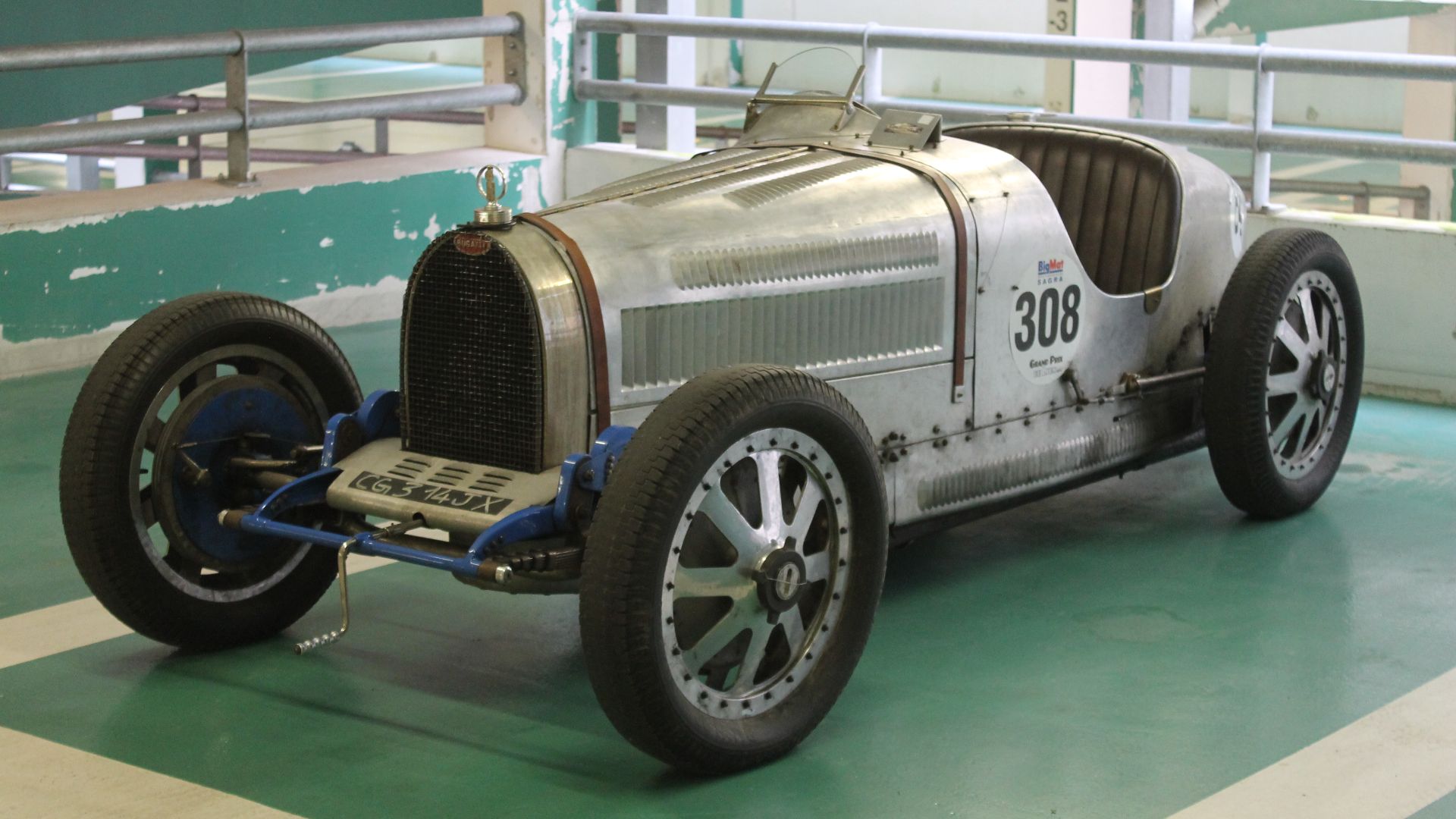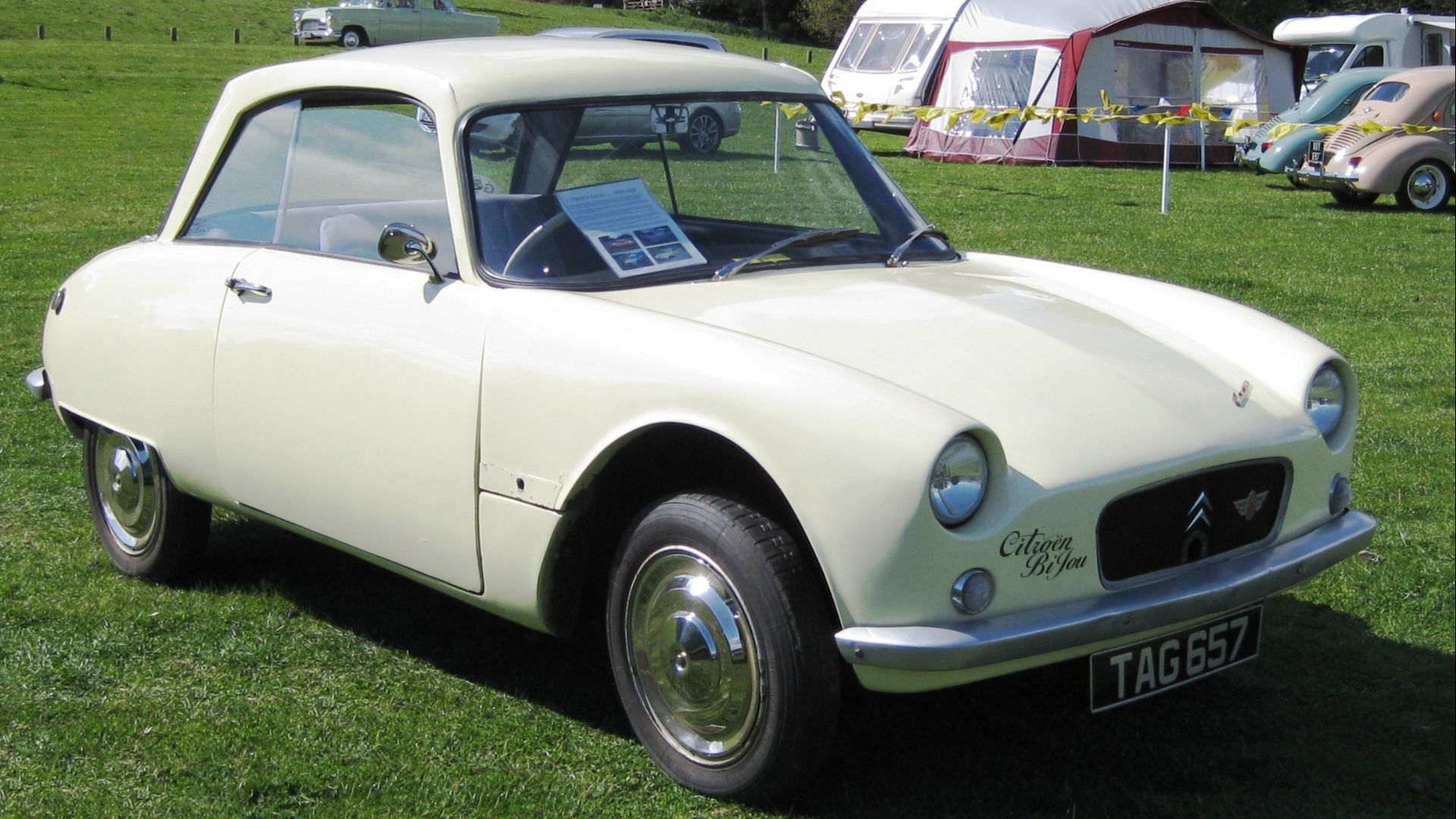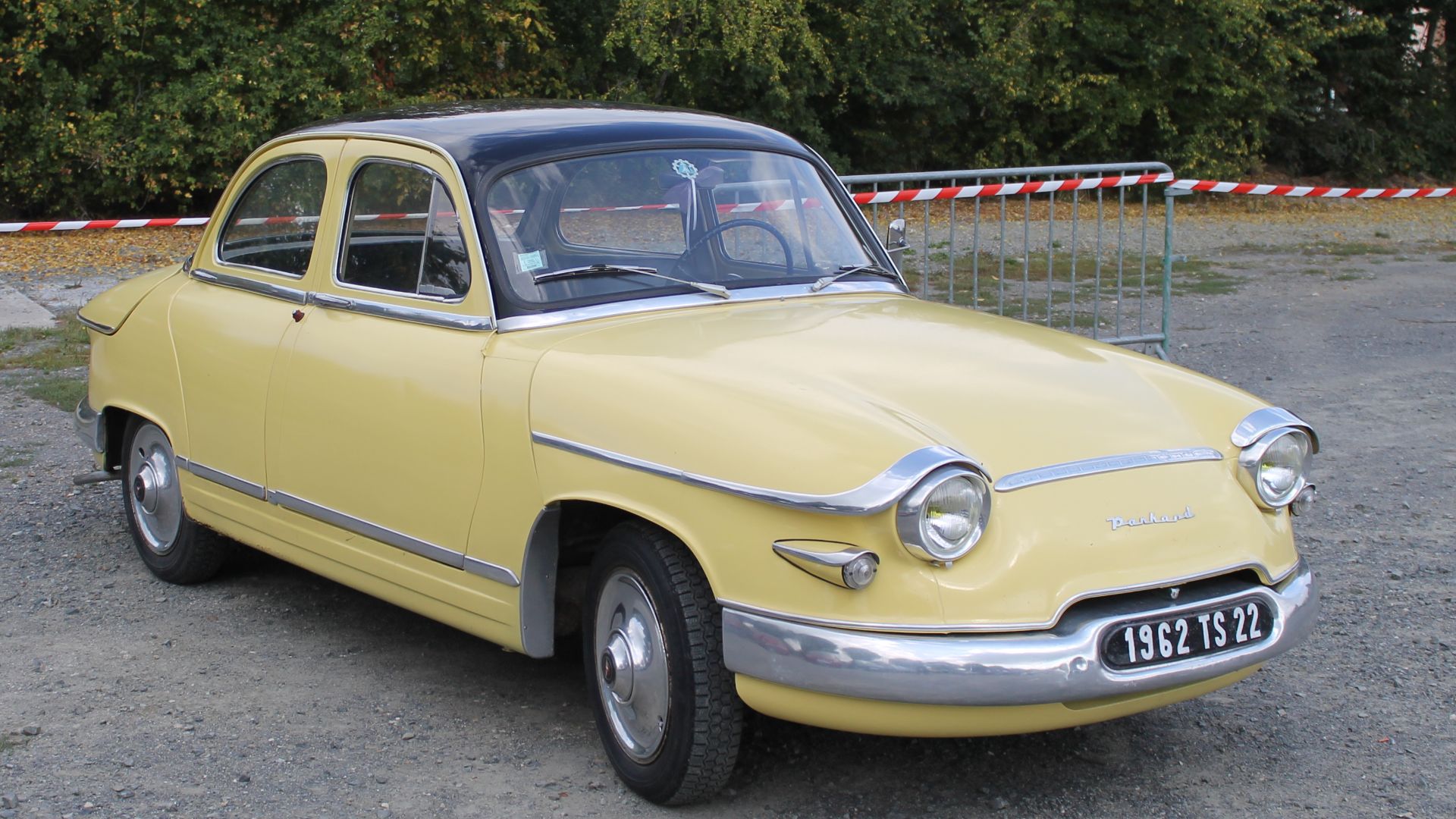These Cars Encapsulate French "Joie De Vivre"
While not quite as renowned as German engineering, the French have produced cars since 1769, when they made a steam-based carriage that many consider the world's first automobile. Since then, French engineering has encapsulated everything from mind-bending speed to the finesse and panache with which the French seem to approach everything. Let's examine some of the greatest French cars ever produced.
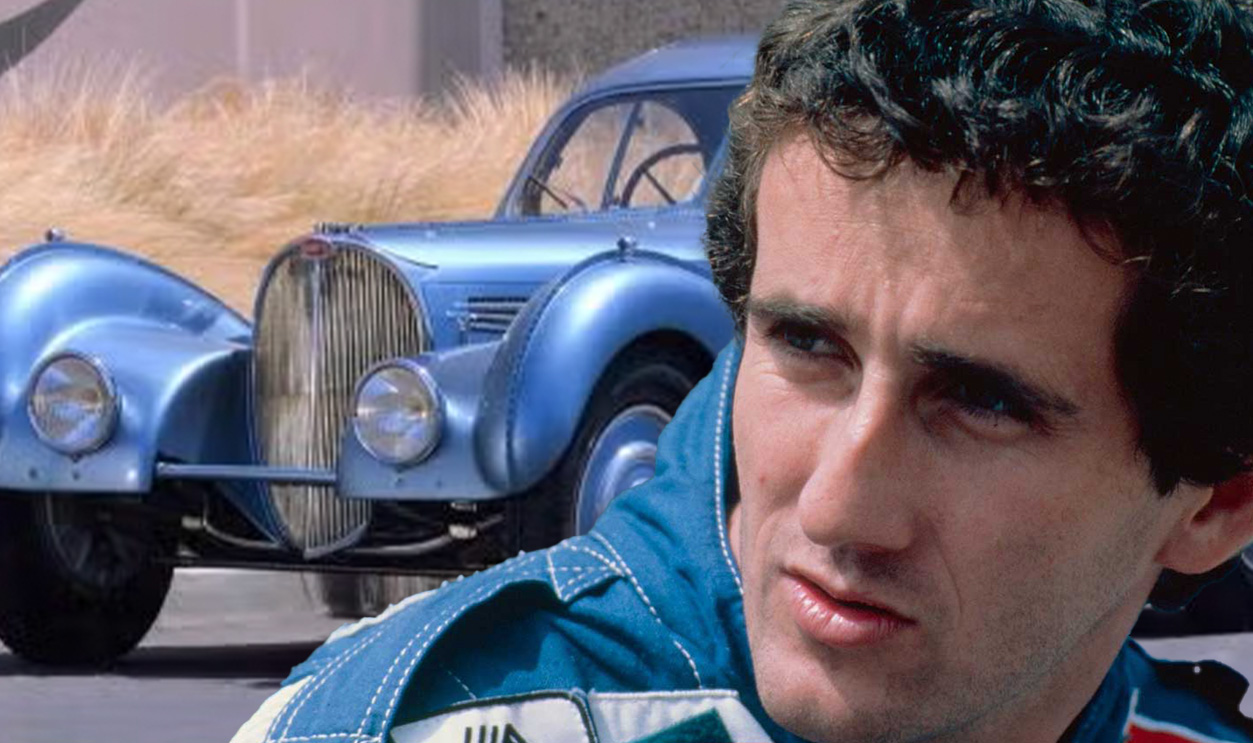
The First Automobile
The world's first automobile, the "Fardier à vapeur," was designed by a Frenchman, Nicolas Cugnot. Cugnot employed a ratchet arrangement to transform the steam piston's motion from reciprocating to rotary, allowing it to turn wheels. Inspired by this, he created a steam-powered carriage.
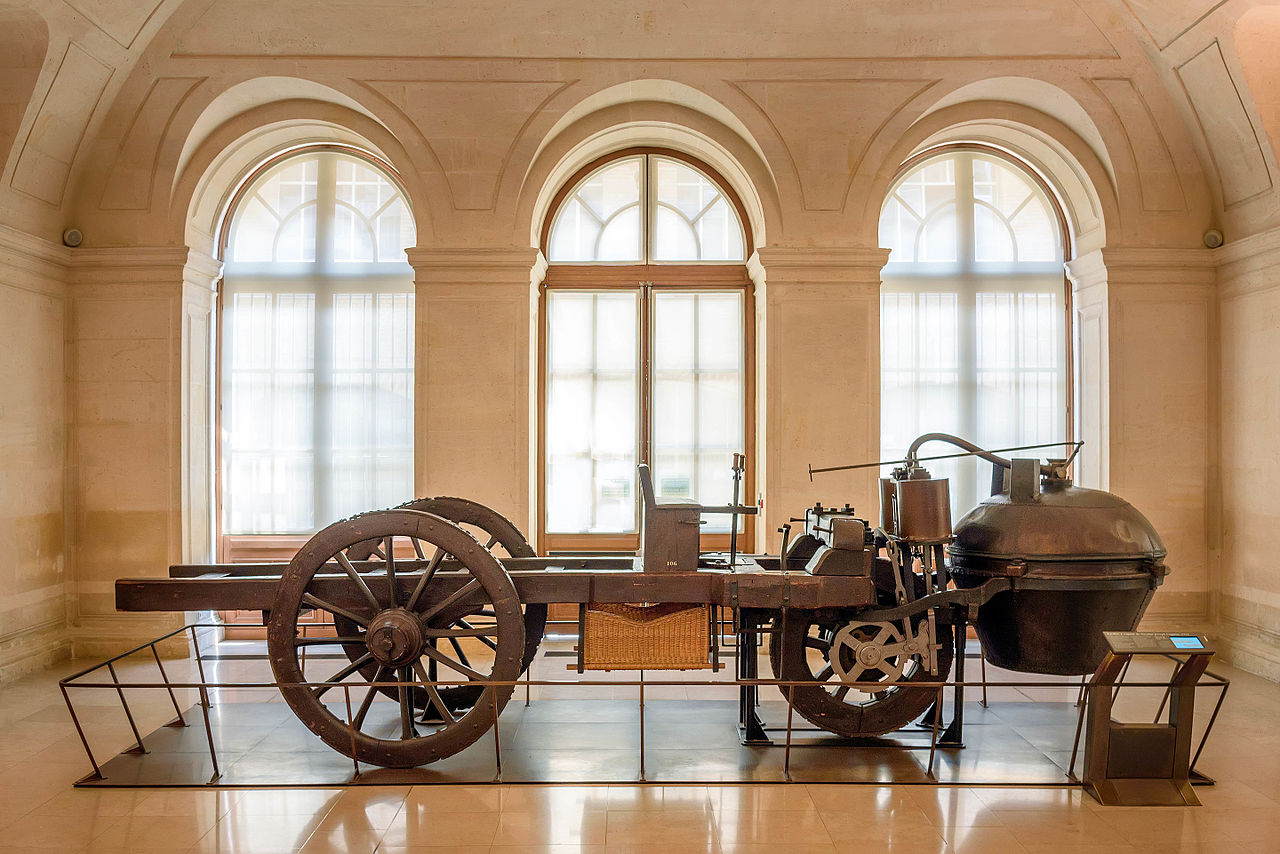 Joe deSousa, Wikimedia Commons
Joe deSousa, Wikimedia Commons
The Fardier À Vapeur
The "Fardier à vapeur" is considered the world's first automobile, although not in the traditional sense. Powered by steam pistons, the automobile's three wheels (one front and two rear) could be turned by a steering mechanism and reach a speed of 4.8 mph. The front wheel supported the steam boiler and steering mechanism. It could either seat four passengers or be used to ferry French military cannons across a battlefield.
Citroën 2CV
The Citroën 2CV began production in 1936 in secret at Michelin and Citroën factories across Paris. Coded as the "Toute Petite Voiture", or "Very Small Car," the 2CV's production halted during World War II, but it was revitalized and released to the public in 1948. Powered by a 375cc engine, delivering 9 hp, a top speed of 40 mph, the 2CV was the first car ever designed and released with radial tires.
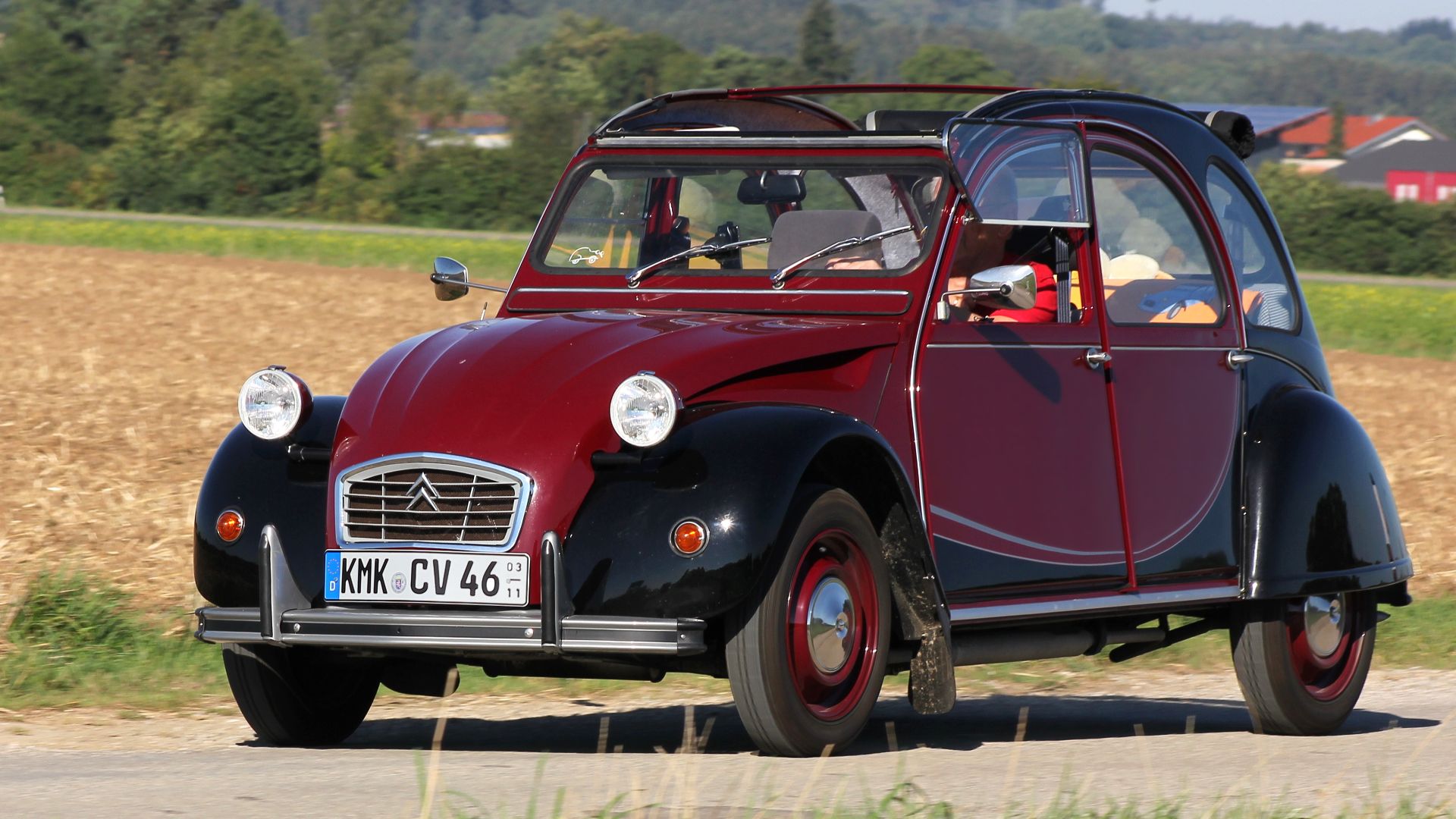 Lothar Spurzem, Wikimedia Commons
Lothar Spurzem, Wikimedia Commons
Citroën 2CV (Cont'd)
The 2CV was somewhat mocked by the British and Americans as too tiny. One said, "It's the work of a designer who kissed the lash of austerity with almost masochistic fervor." The American journalists asked if it came with a can opener.
Venturi Coupe 260
The Venturi Coupe 260 may not be top of everyone's supercar list, but the French sports car is one of the rarest sports cars of the 1990s. Produced between 1991 and 2000, just 188 examples of the 260 were made, the 2-door coupe was powered by either a turbocharged or twin-turbocharged V6 engine, depending on the model year.
Venturi Coupe 260 (Cont'd)
The Venturi Coupe 260 was impressive on the road, a natural competitor with the British Lotus Esprit, with a top speed of 170 mph and reaching 60 mph in just 4.7 seconds. Despite a glowing report from Jeremy Clarkson of Top Gear that it was "like having your own personal fighter jet," Venturi went bankrupt in 2000.
Bugatti Veyron 16.4
One of the world's greatest supercars: the Bugatti Veyron 16.4. Released in 2005 and designed to break land speed records, the 16.4 was one of the world's fastest production cars, with a top speed of 253 mph. Developed in partnership with Volkswagen, the Veyron succeeded the EB110, the Veyron featured an 8.0L quad-turbocharged W16 engine that produced almost 1,000 hp.
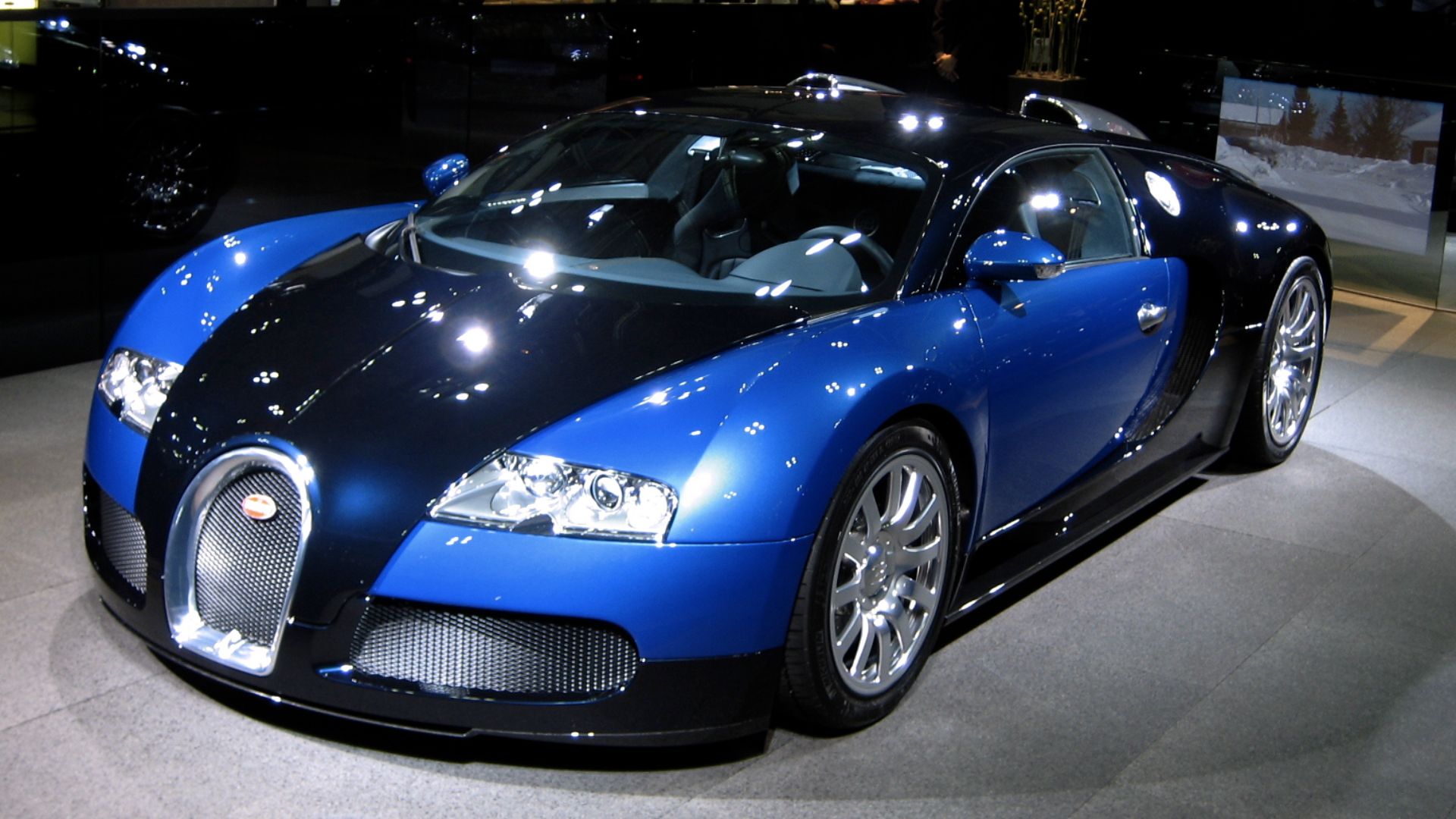 ppmfl from Tokyo, Japan, Wikimedia Commons
ppmfl from Tokyo, Japan, Wikimedia Commons
Bugatti Veyron 16.4 (Cont'd)
Many variations of the 16.4 were designed throughout the 10 years of its production run, with the fastest being the Super Sport version that topped out at a stunning top speed of 267 mph. It was succeeded in 2015 by the Bugatti Chiron, but not before cementing its legacy as a classic of French engineering.
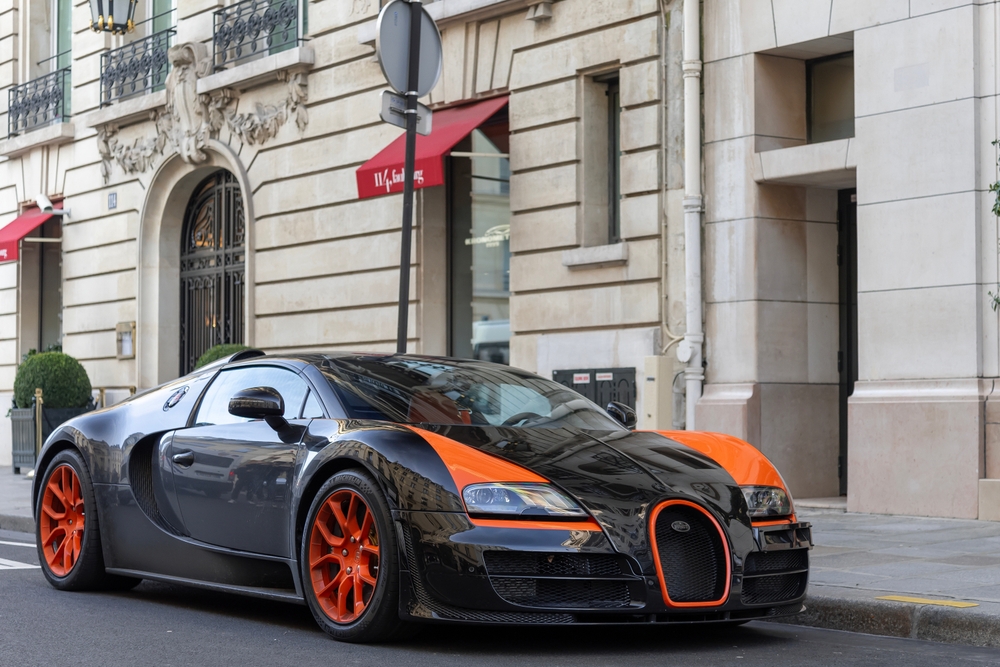 Alexandre Prevot, Shutterstock
Alexandre Prevot, Shutterstock
Bugatti Type 57SC Atlantic
An exceedingly rare Bugatti, the Type 57SC is a beautiful car. Showcasing the best elements of French design, the 57SC is widely considered one of the most beautiful cars ever made. Exceedingly rare, there are only four left today. One is owned by Ralph Lauren.
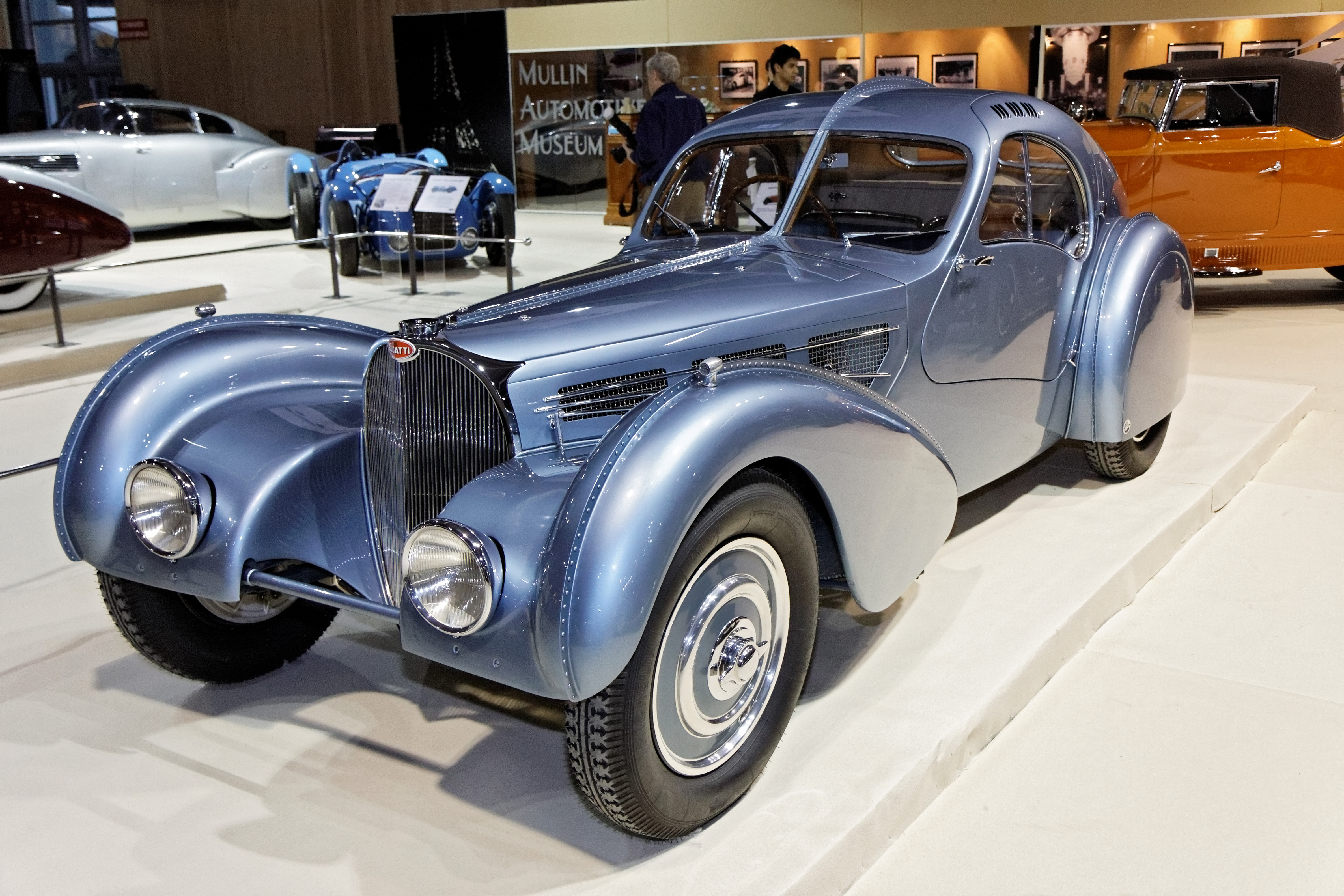 Thesupermat, Wikimedia Commons
Thesupermat, Wikimedia Commons
Bugatti Type 57SC Atlantic (Cont'd)
The Bugatti Type 57SC Atlantic was born from the 1934-1940 Type 57 touring car. Built in 1936, the SC featured distinctive curves throughout, flowing coupe lines with a dorsal seam from front to back. But as the composite used to make the body couldn't be welded, the engineers used rivets, giving that distinctive look. The model was named after Jean Bugatti's friend, Jean Mermoz, one of the first pilot's to fly across the South Atlantic.
Bugatti Type 51
There's perhaps no more classic a French car than the Bugatti Type 51, at least in the world of motorsport racing. Designed in 1931 with Jean Bugatti taking the lead from his father at the French automobile company, the Type 51 sported a brand-new twin overhead cam with a supercharger. Offering 2.3L of fuel capacity and 160 hp, the Type 51 was supposed to be the new Type 35C.
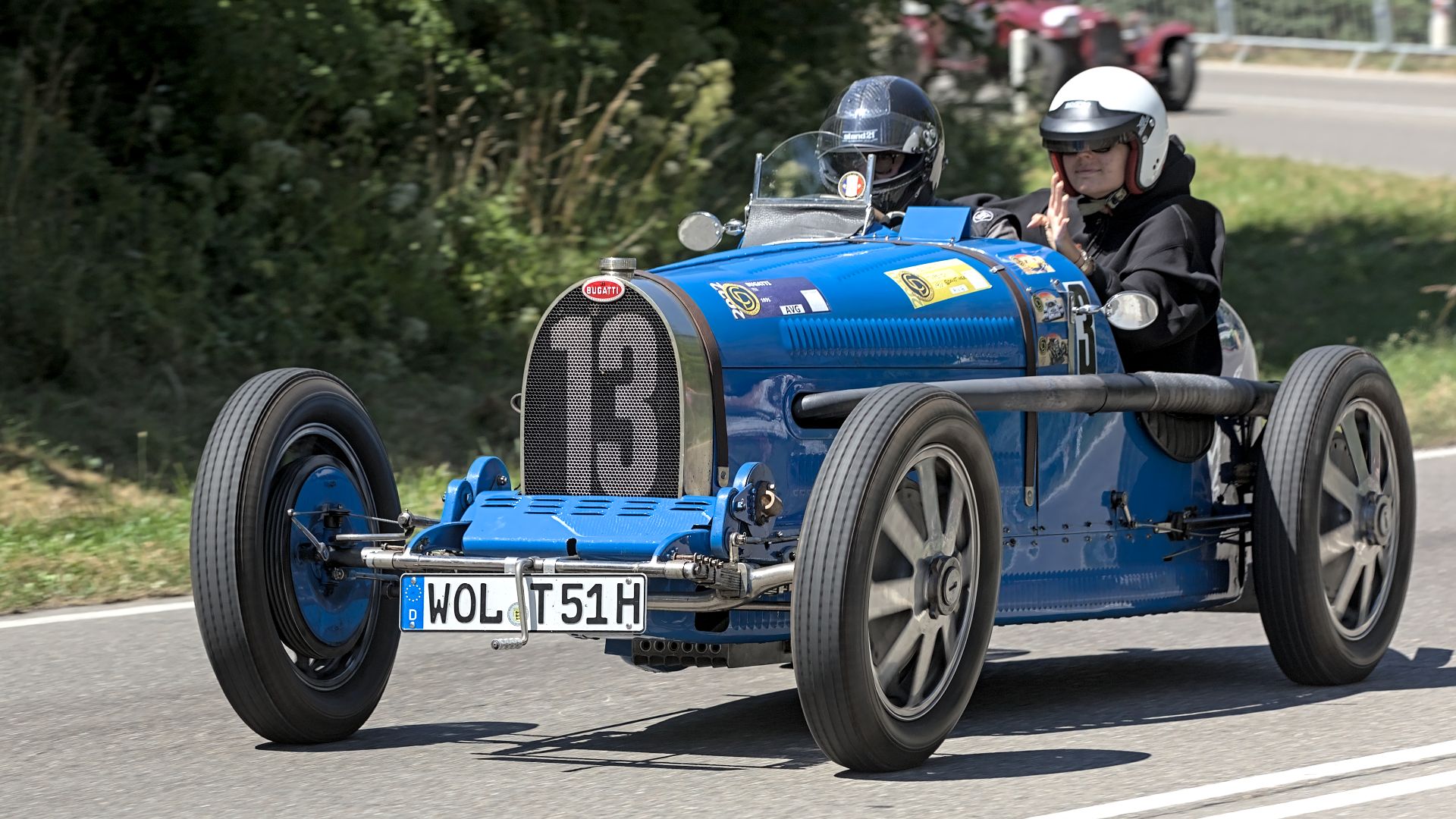 Alexander Migl, Wikimedia Commons
Alexander Migl, Wikimedia Commons
Bugatti Type 51 (Cont'd)
The Bugatti Type 51 didn't quite live up to the expectations of the Type 35C, but was successful in the 1931 French Grand Prix, a huge victory for French pride. It spurred the creation of the final Bugatti race car of the 1930s, the Type 59. That car would be sold to King Leopold of Belgium in 202 for £8.5 million.
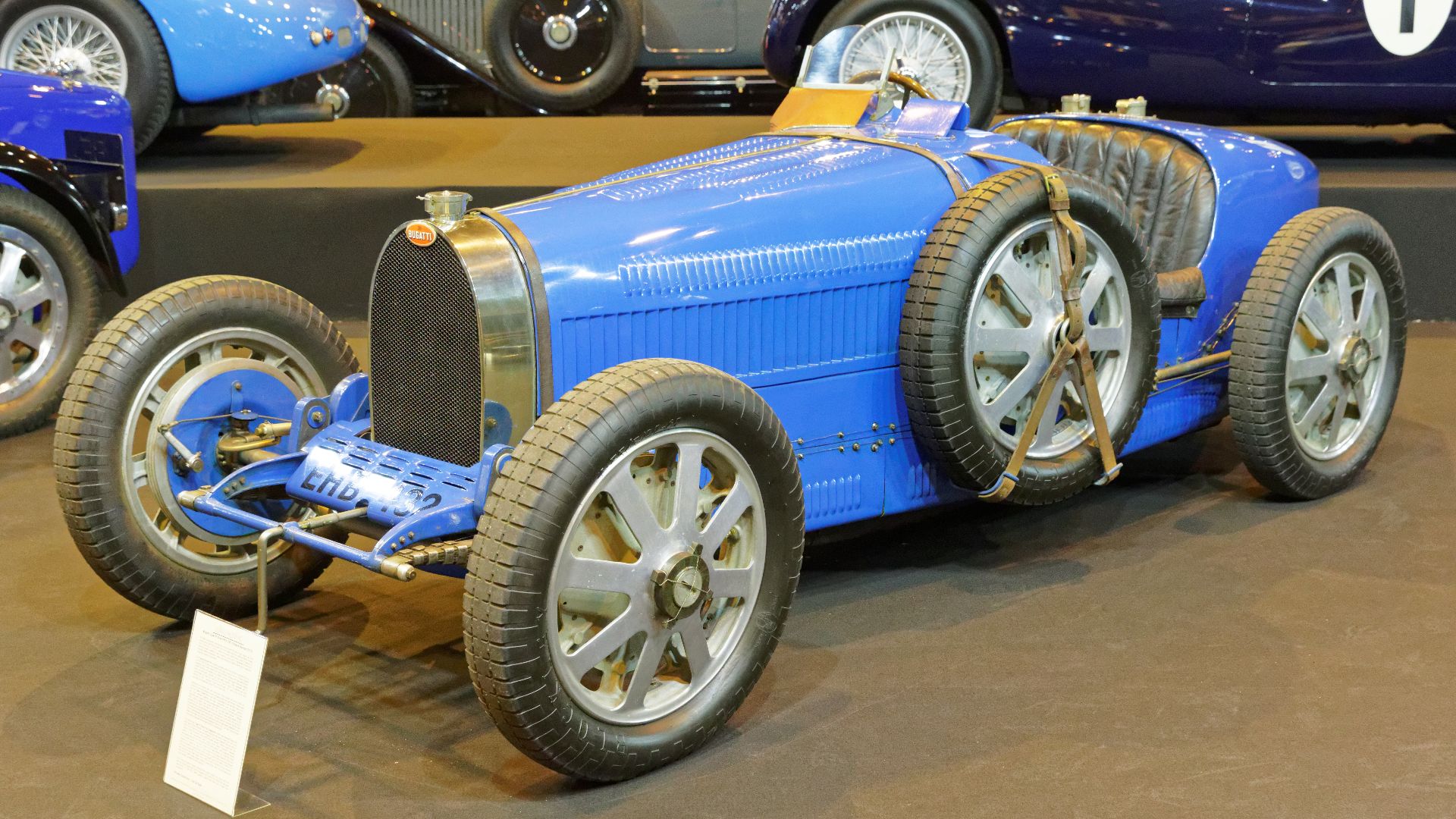 Thesupermat, Wikimedia Commons
Thesupermat, Wikimedia Commons
Renault Alpine A110
Renault's Alpine A110 was one of the first post-war sports cars to come out of France to be successful. Introduced in 1963, the Alpine A110 was a huge innovative project throughout it's 14-year production run. It saw an increase in horsepower from 63 in 1963 to 180 by 1977. It finished 1-2-3 at the Monte Carlo Grand Prix in 1971 and 1973 and won the World Rally Championship.
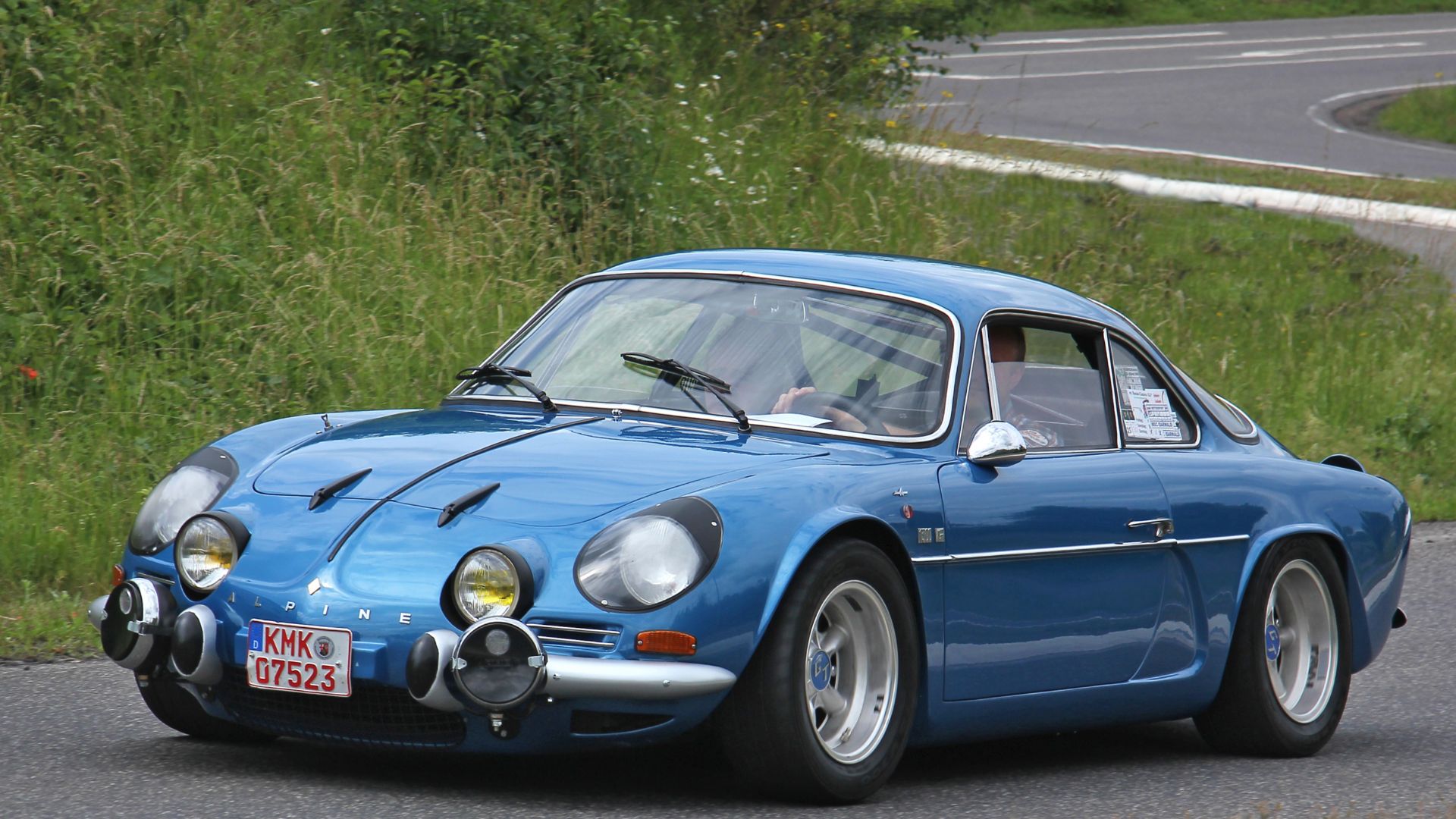 Renault_Alpine_A_110_(Sp).JPG: Lothar Spurzem derivative work: Regi51, Wikimedia Commons
Renault_Alpine_A_110_(Sp).JPG: Lothar Spurzem derivative work: Regi51, Wikimedia Commons
Renault Alpine A110 (Cont'd)
Powered by 1.1L R8 engines putting out tons of horsepower, excellent acceleration and a top speed of 130 mph, propelling it to six World Rally Championship victories throughout its production run.
Renault 5 Turbo 2
The Renault 5 Turbo 2 was the second-generation Renault 5 Turbo rally car. Designed off the back of the popular Renault 5 hatchback, the Turbo 2 was introduced as a cheaper alternative to the original Renault 5 Turbo, without compromising on performance. Renault had to build the Turbo to qualify for rally racing and abide by homologation rules, but the Turbo 2 was to offer that power to the masses.
Renault 5 Turbo 2 (Cont'd)
Built in the 1980s, the Renault 5 Turbo 2 came with a 1.4L turbocharged engine that produced a 120 mph top speed and could go from 0 to 60 in 6.9 seconds. 200 of these cars were produced, each with an alloy roof, with changes made to the aerodynamics and geometry of the car that made it suitable for the road.
Peugeot 205
Peugeot's surprising first entry on our list is the 205. The 205 was a 1980s classic, compact and fuel-efficient, the supermini car enjoyed a 16-year production run by Peugeot. But it was in the 1980s that the 205 GTi shone, winning Car Of The Year in 1984 and Car Of The Decade in 1990. Powered by a 954cc inline four-cylinder engine, the tiny Peugeot would become a bedrock of French transportation.
Peugeot 205 (Cont'd)
The 205 was an instantaneous hit with the French public, who'd been crying out for Peugeot to release something that wasn't a large saloon. Peugeot answered spectacularly and the 205 went onto become one of their best-selling models. The GTi was offered as a high-performance variant, which (thanks to the addition of a catalytic converter) could suddenly put out 120 hp. The GTi enjoyed a reputation in the UK for street racing.
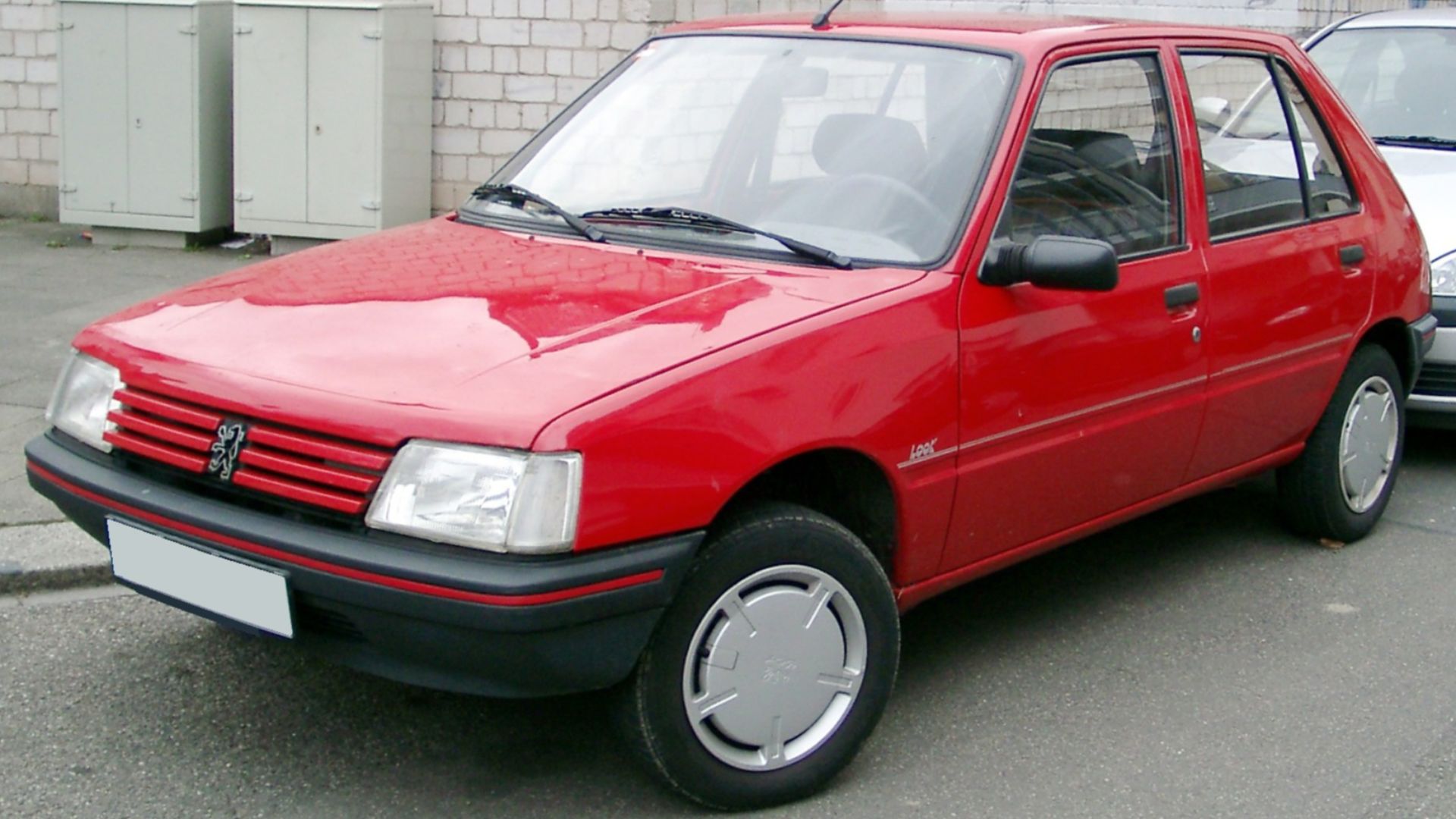 Rudolf Stricker, Wikimedia Commons
Rudolf Stricker, Wikimedia Commons
Renault Megane
The Renault Megane was a small family car introduced by Renault in 1996, offering a three-door and five-door hatchback. The first-generation Megane featured a 1.1L or 2.0L inline-four engine that produced between 70 and 140 hp. The 1996 Megane focused on safety, introducing three-pointed seat bags and advanced airbags that were ahead of their competitors.
Renault Megane (Cont'd)
The Megane has now been on the road for almost 30 years and, in 2021, saw the nameplate introduced with an all-electric version. It was also the European Car of the Year in 2003 and has repeatedly been a firm favorite among French families.
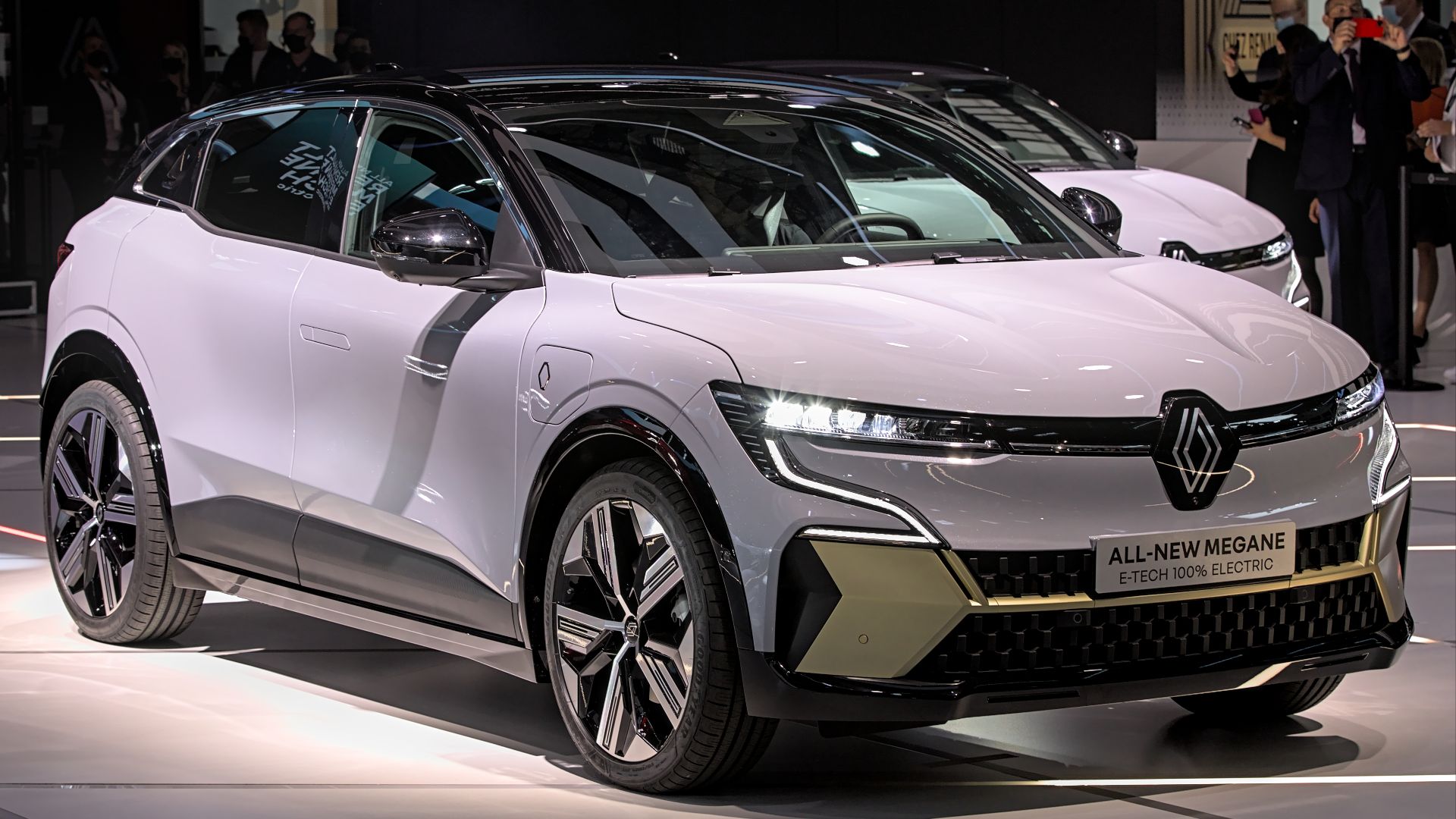 Alexander Migl, Wikimedia Commons
Alexander Migl, Wikimedia Commons
Simca 1200S Coupe
In the early 1960s, the French auto manufacturer Simca released the 1200S Coupe. A two-door saloon with a sporty edge, the Simca was quickly very popular among those seeking a sporty roadrunner. The 1200S Coupe was fitted with a 1.0L engine that produced 80 hp and a maximum speed of 109 mph.
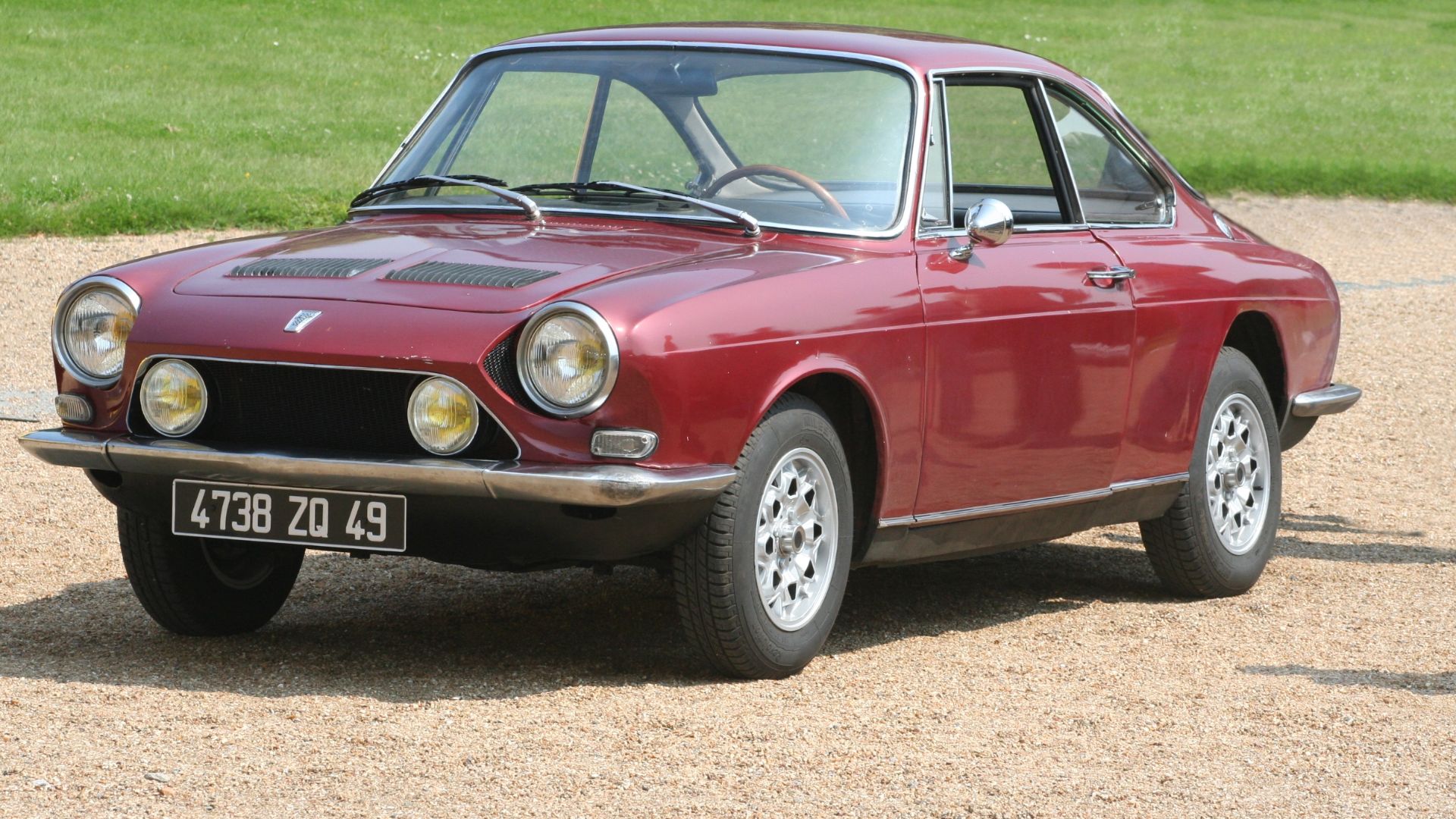 Patber P. Bernard, Wikimedia Commons
Patber P. Bernard, Wikimedia Commons
Simca 1200S Coupe (Cont'd)
Although the Simca 1200S was popular among French speed enthusiasts, it's predecessor: the 1000S was most definitely not. Criticized heavily for it's sports car appearance without the sports car performance, drivers didn't like it's sluggish handling, underperforming brakes and general lack of pizzazz. Not so the 1200S, it paved the way for a generation of European compact sports cars.
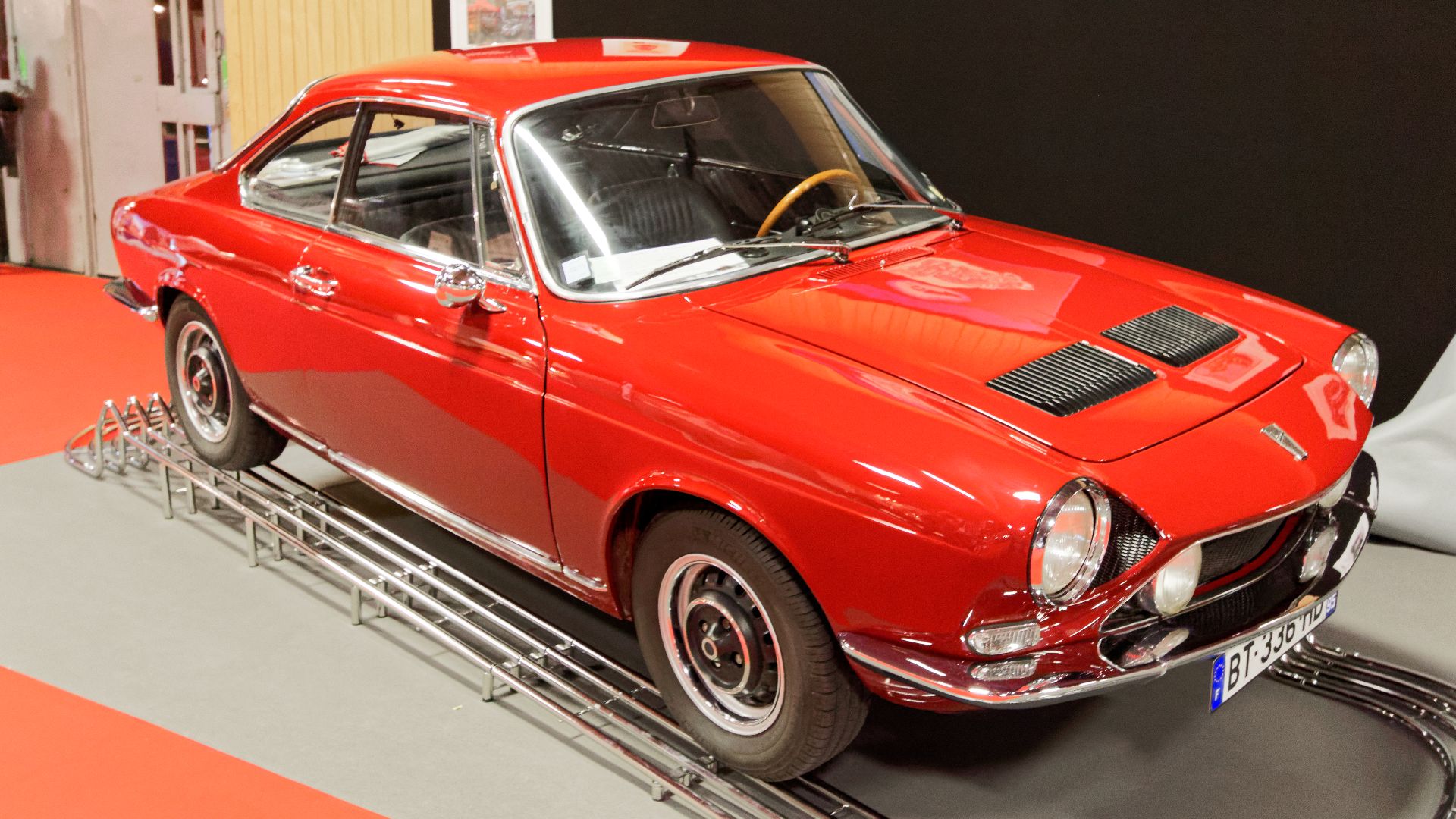 Thesupermat, Wikimedia Commons
Thesupermat, Wikimedia Commons
Citroën DS
The Citroën DS was a darling of the Citroën brand throughout its 20-year production run. Released in 1955 and designed by famous Italian and French designers Bertone and Lefebvre, the DS set new standards for saloon-style sports cars in terms of ride quality, handling, and braking. It was the first mass-produced car to be equipped with disc brakes and hydropneumatic suspension.
Citroën DS (Cont'd)
The DS had been developed in secret for 18 years as a successor to the Traction Avant, and when it was unveiled at the Paris Motor Show, it broke records, taking 743 orders in 15 minutes and 12,000 orders on the first day. By the time the show was over in two days' time, 80,000 deposits had been taken. This record stood for 60 years until it was broken by the Tesla Model 3 in 2016.
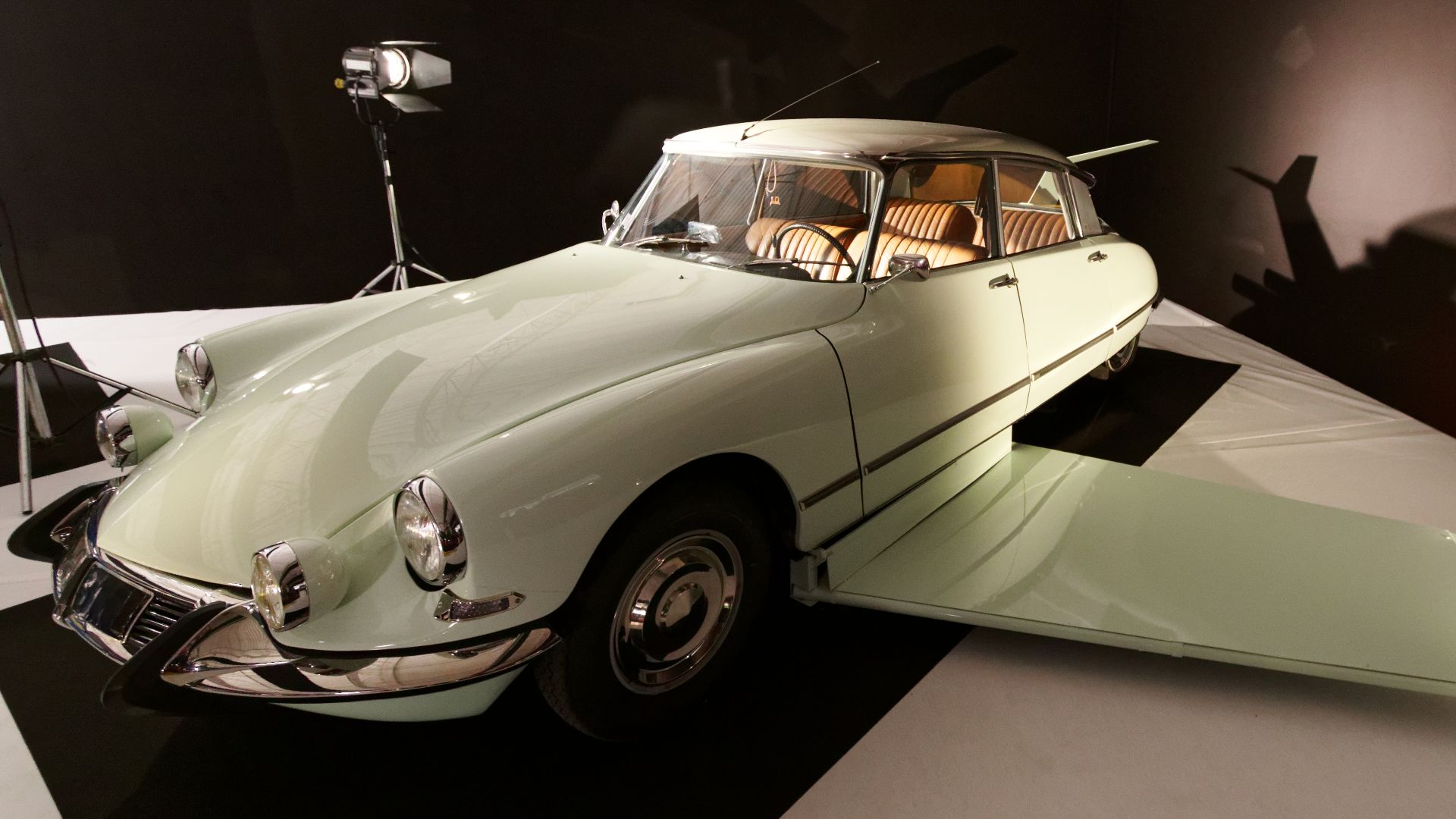 Thesupermat, Wikimedia Commons
Thesupermat, Wikimedia Commons
Citroën SM
The Citroën SM was a three-door hatchback grand tourer produced between 1970 and 1975. A purchase of Maserati by Citroën in 1968 saw the SM project receive a huge power upgrade to a Maserati V6 engine. The 2.7L V6 produced 168 hp, but what really left the automotive journalists lost for words was that it was such a comfortable ride, even at speeds of 120 mph.
Citroën SM (Cont'd)
Unfortunately for Citroën, creditors came knocking in 1974 and the company filed for bankruptcy. This marked the end of one of the legacy builders of French automobiles, with the SM being one of their last productions as Peugeot took over the company and halted production almost immediately.
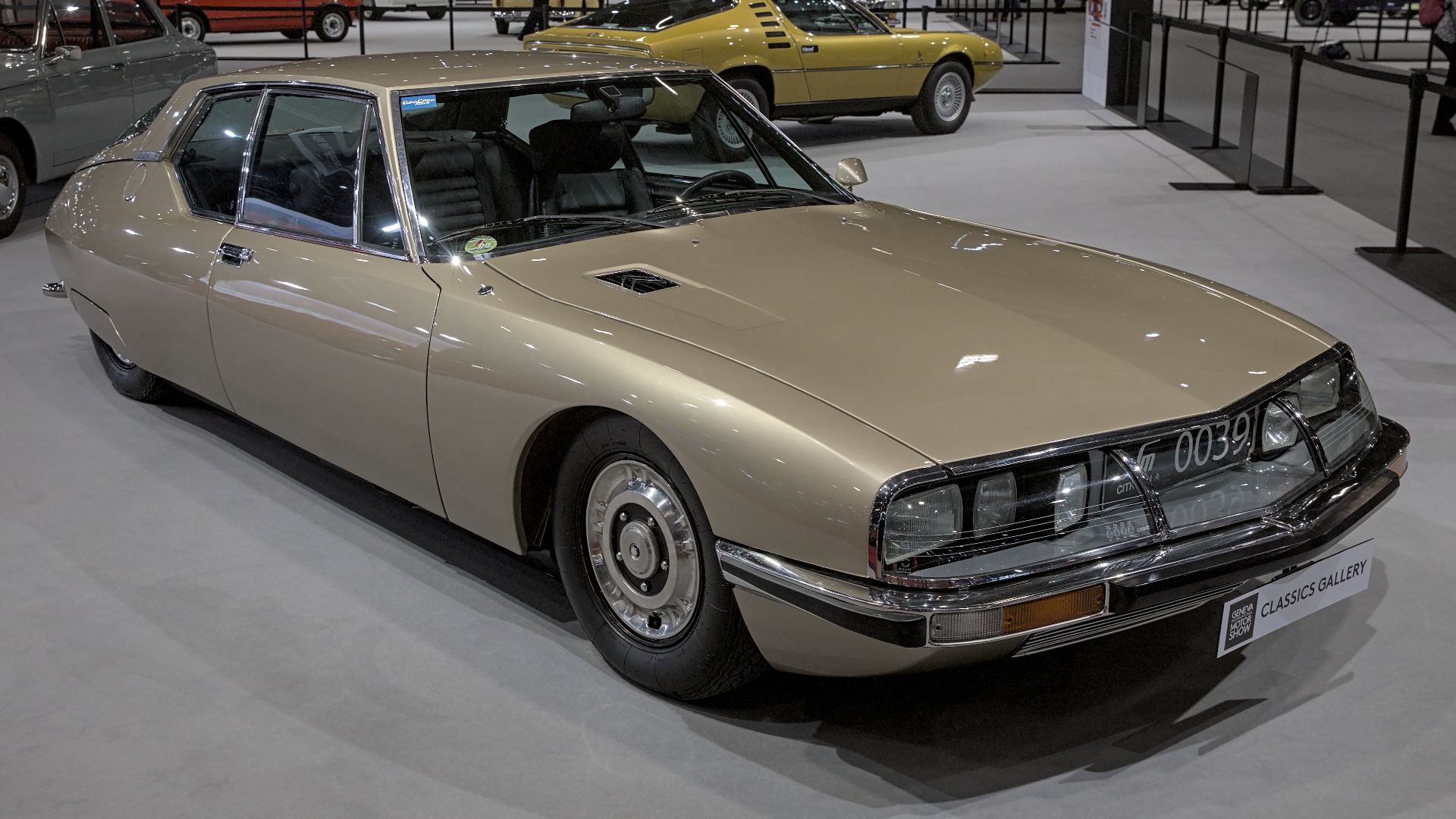 Alexander-93, Wikimedia Commons
Alexander-93, Wikimedia Commons
Renault R8 Gordini
The Renault R8 Gordini was an ugly looking thing by today's standards, but back in the halcyon days of the early to mid-1960s, it was a popular four-door family car. Powered by a 1.0L inline-four engine, the R8 had a sealed-for-life cooling system (pioneered with the release of the Renault 4), and the Gordini variant produced 89 hp, impressive for the era.
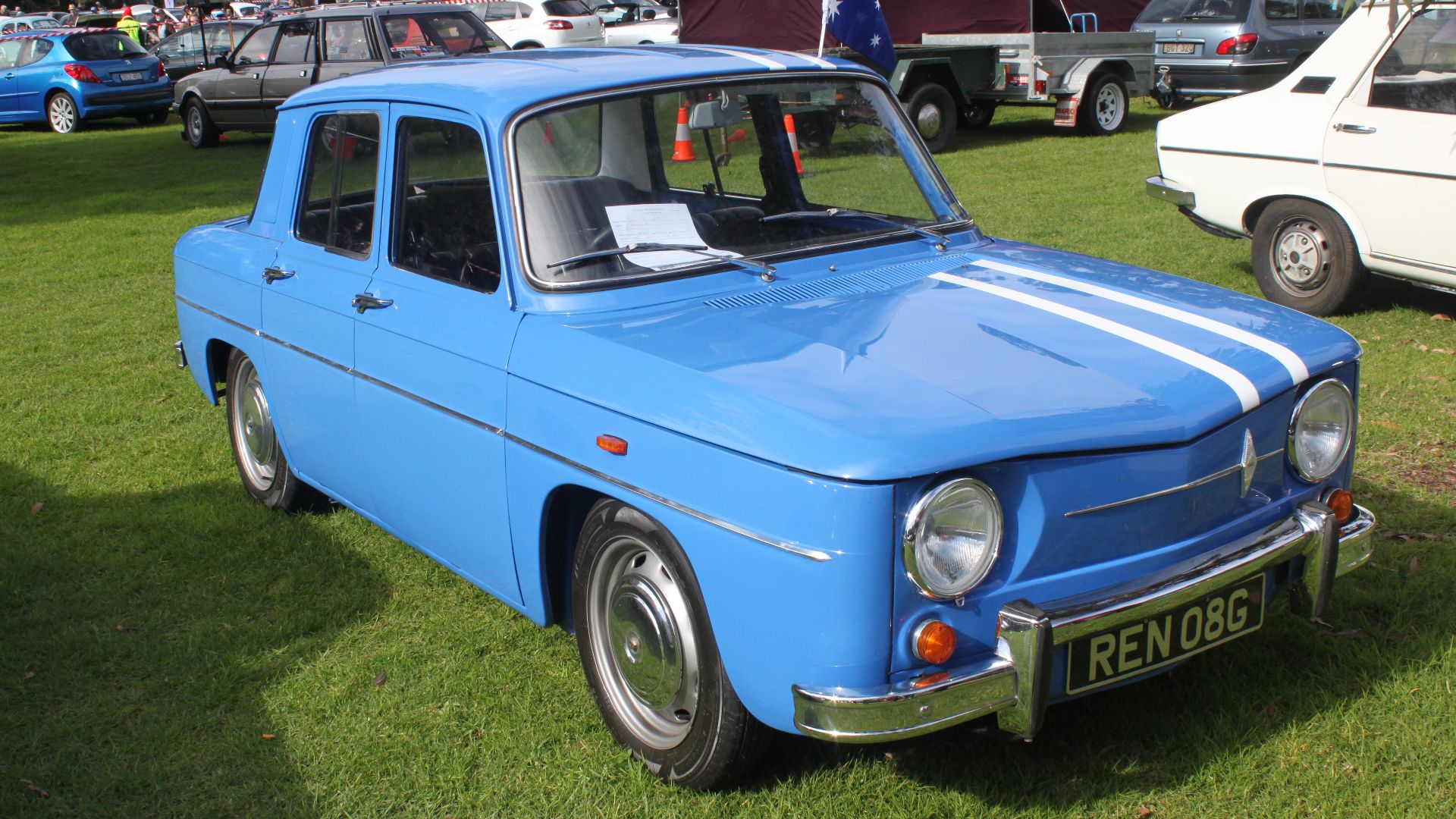 Jeremy from Sydney, Australia, Wikimedia Commons
Jeremy from Sydney, Australia, Wikimedia Commons
Renault R8 Gordini (Cont'd)
The R8 Gordini received a major facelift in 1967, with the addition of two new headlights and a new engine: 1.2L that produced 99 hp with dual-choke side draft carburetors. It would take six more years for production to wind down on the Gordini, with the last car being sold in France in 1973. By that time, the boxy saloons had been replaced by sleeker looking machines.
Peugeot 206
After the Peugeot 205's success, the French manufacturer knew it had to do something remarkable to eclipse it. Enter the Peugeot 206. A new supermini for the end of the 1990s, billeted as a three or five-door hatchback and offered in either 1.1L, 1.4L, 1.6L or a 1.9L diesel engine, the 206 could produce a top speed of 130 mph and could reach 60 mph in an impressive (for a small family car) 7.4 seconds.
Peugeot 206 (Cont'd)
The Peugeot 206's legacy in Europe is iconic. It's the best-selling Peugeot of all time, having sold more than 8.5 million units worldwide. It has also won many European awards throughout the last 30 years, including the European Car of the Year multiple times, and the best looking car of 1999.
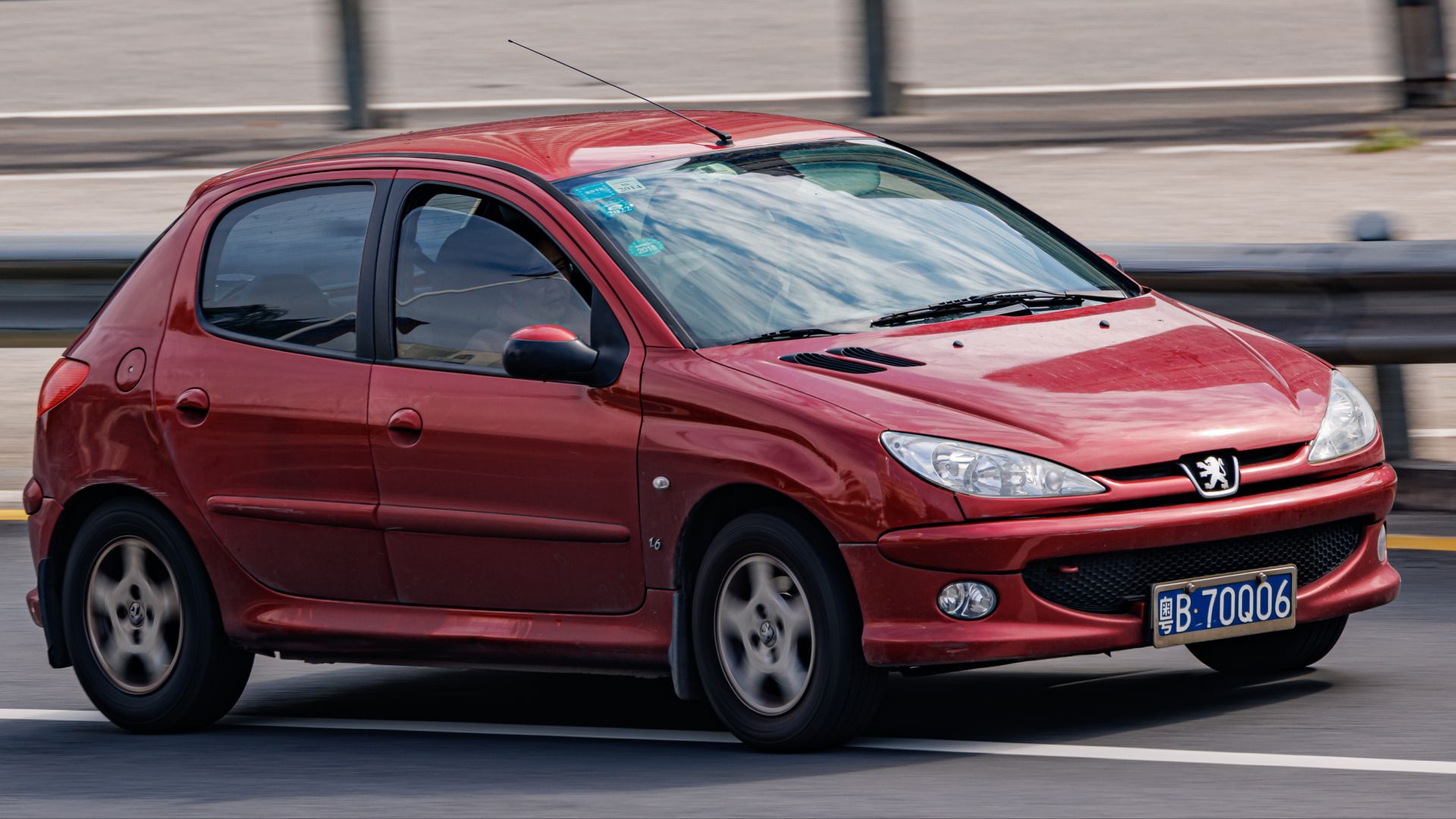 Dinkun Chen, Wikimedia Commons
Dinkun Chen, Wikimedia Commons
Delahaye Type 135
From the incredibly practical Peugeot to the downright luxurious Delahaye, we arrive at the Type 135. Manufactured for 19 years between 1935 and 1954, the Delahaye was known as the "Coupe Des Alpes" following its success in the annual Alpine Rally race in France's Alps region. The 135's 3.2L overhead valve engine was derived from Delahaye's truck section and fitted with a twin carburetor to produce 110 hp and a 92 mph top speed. Impressive for the 1930s.
Delahaye Type 135 (Cont'd)
Opulence abound, the Delahaye came with 17-spoke wheels and gorgeous curved wheel arches. But it wasn't just good looking, the Delahaye Type 135 competed at the 24 Hours At Le Mans Race in 1938 and set the all-time record in the Ulster Tourist Trophy rally competition in Northern Ireland. The car also placed second and third in the Milie Miglia in 1936.
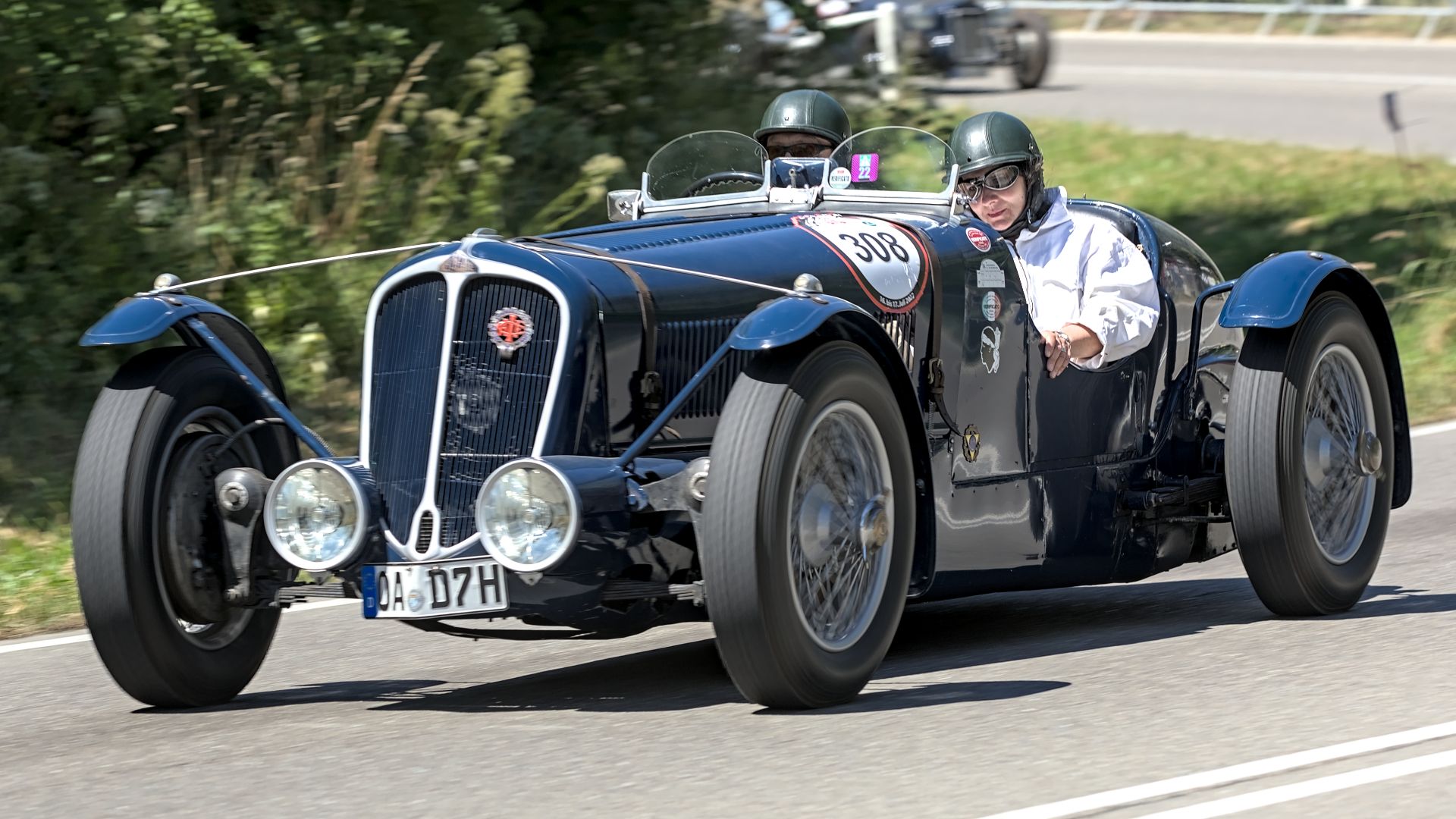 Alexander Migl, Wikimedia Commons
Alexander Migl, Wikimedia Commons
Bugatti Type 35B
Before Bugatti's infamous Type 35C, there was the Type 35B, the most powerful of the Bugatti Type 35 series. Produced in the late 1920s, the Type 35B was powered by a 2.3L engine with an additional supercharger that brought its power output up to 138 hp. It found success at the inaugural Monaco Grand Prix in 1929, powering William Grover-Williams to victory.
Bugatti Type 35B (Cont'd)
Only 37 of the Type 35Bs were produced, but its inaugural victory at Monaco marked the first of many successes for Bugatti's racing division and set the Type 35 B apart from the competition and etched it into sport racing history.
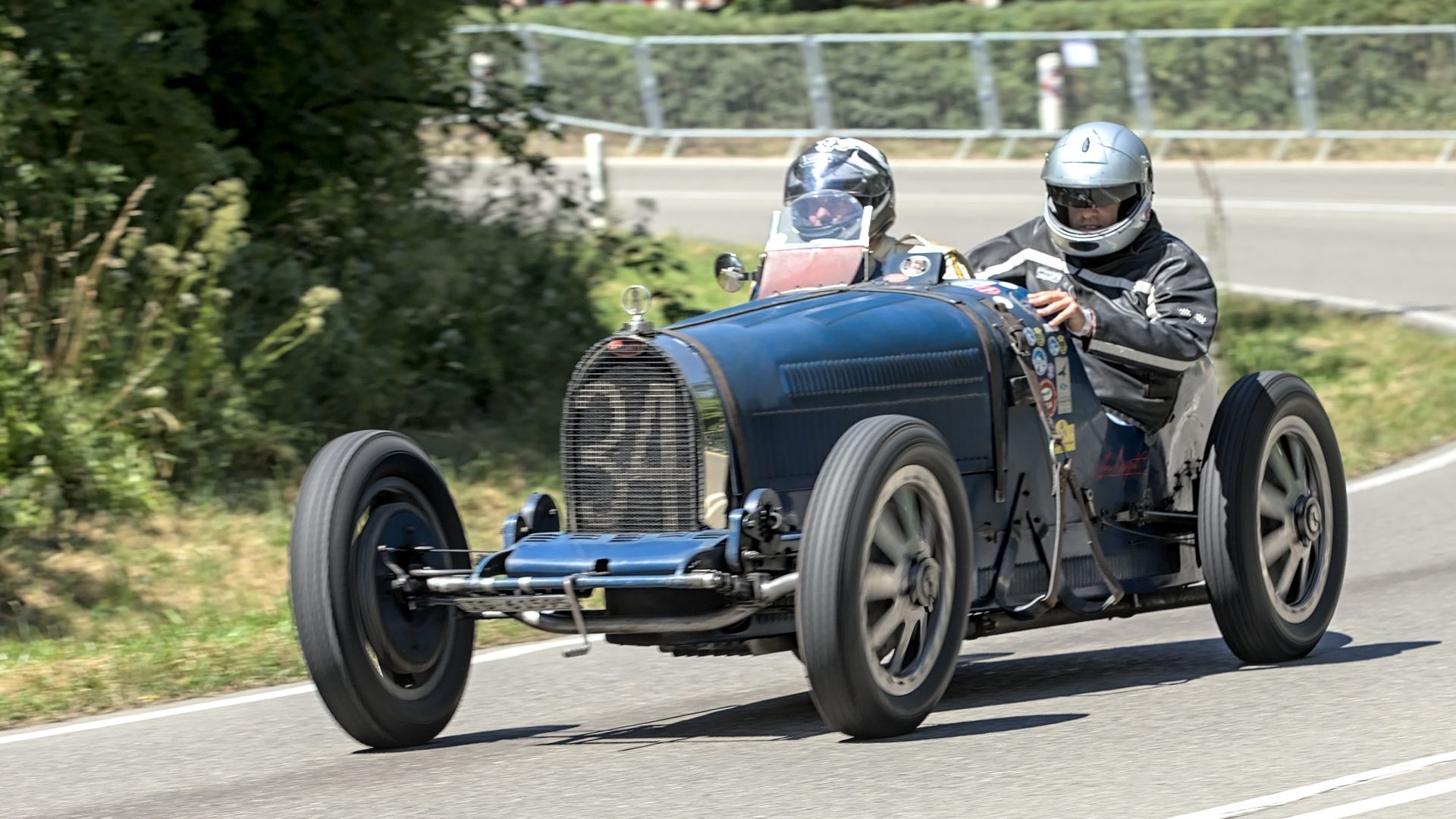 Alexander Migl, Wikimedia Commons
Alexander Migl, Wikimedia Commons
Facel Vega Excellence
The Facel Vega Excellence might not be a name you're too familiar with, but it was a luxurious French saloon that was supposed to rival the Rolls-Royce Silver Cloud, the Mercedes-Benz 600, and the Lagonda Rapide. It was a four-door luxury hardtop that incorporated many American design elements: a wraparound windshield, tail fins, and a lack of B-pillars.
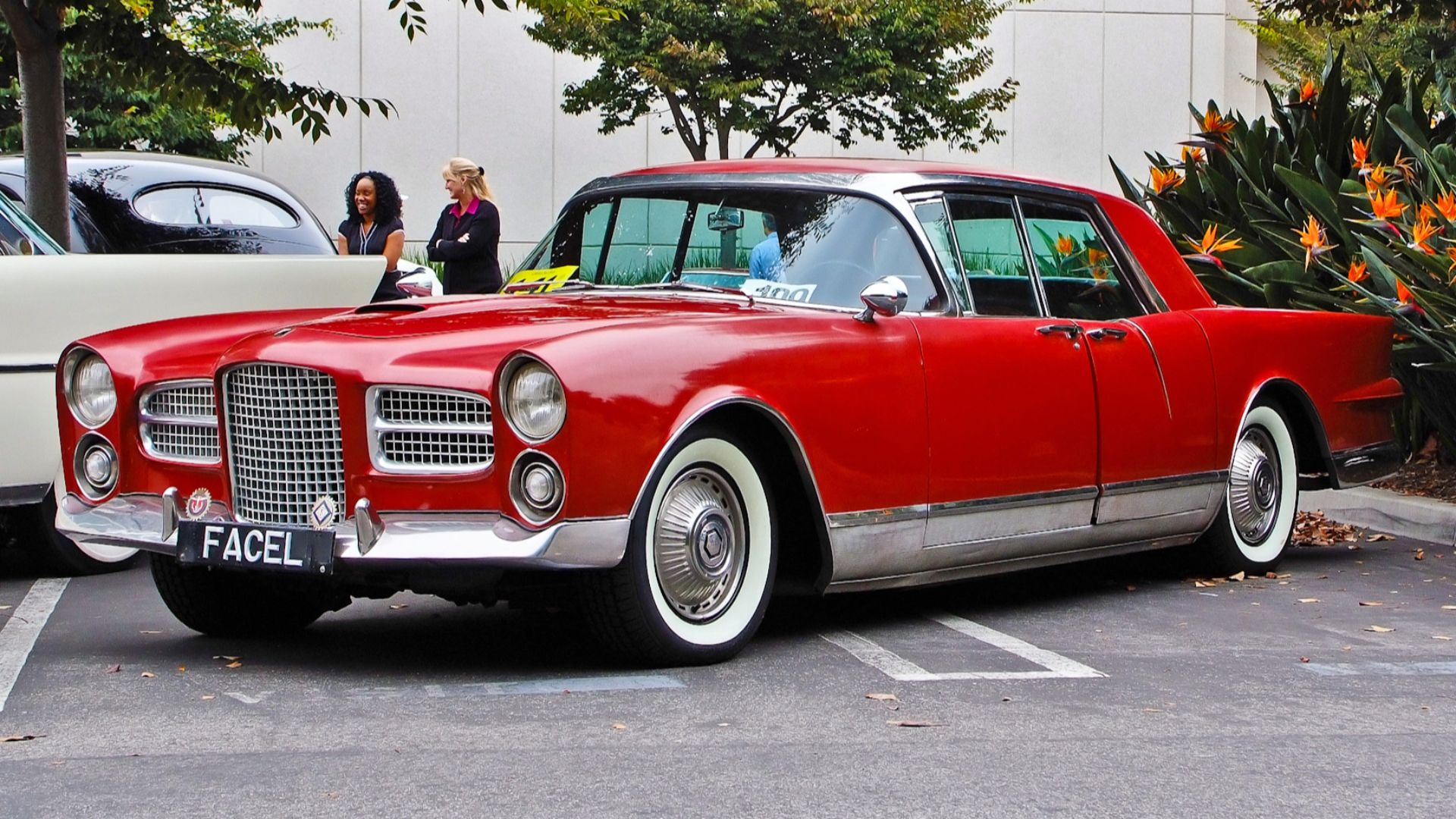 Motohide Miwa from USA, Wikimedia Commons
Motohide Miwa from USA, Wikimedia Commons
Facel Vega Excellence (Cont'd)
Despite this distinctly American design—even powered by a Hemi V8 engine—the Facel Vega Excellence was very popular in France, but only among the super rich, as they were the only ones who could afford it. Toward the end of its run in 1971, the Vega Excellence cost 72,500 francs. For the same money, one could buy 10 Renault Dauphins.
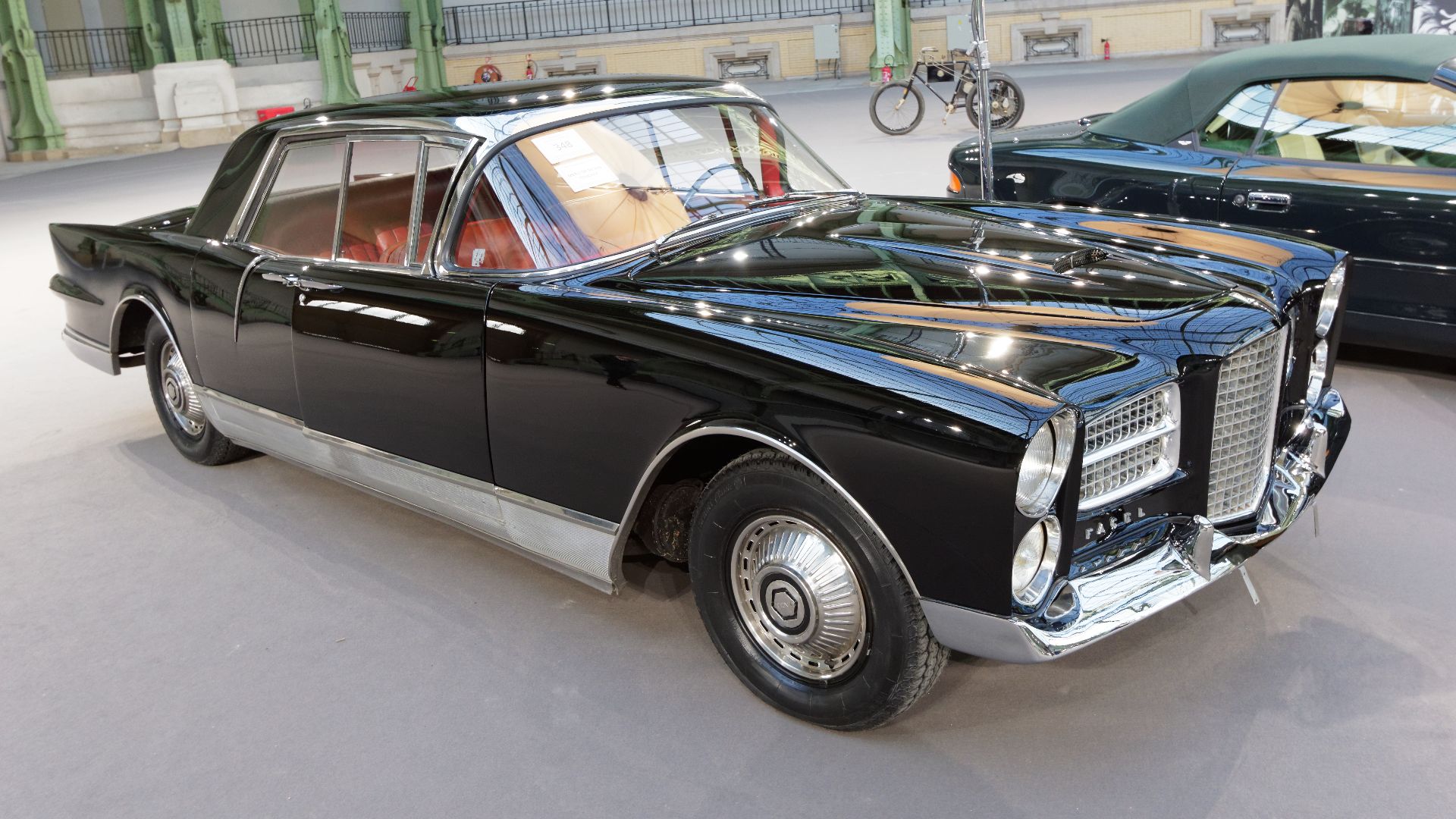 Thesupermat, Wikimedia Commons
Thesupermat, Wikimedia Commons
Citroën Bijou
The Citroën Bijou is another unsung hero of Citroën cars. Ironically, the Bijou was assembled in Slough, England, but under supervision from Citroën. Built on a fiberglass body, the Bijou featured a 425cc 12 hp engine and was priced at £475, at a time when the British auto market was in something of a freeze.
Citroën Bijou (Cont'd)
The Bijou was more expensive than its direct competitor, the Austin Mini, but had the allure of a French motor in England. Still, it was ultimately outpaced by the Ford Popular, which had four seats and a much larger engine for one pound less.
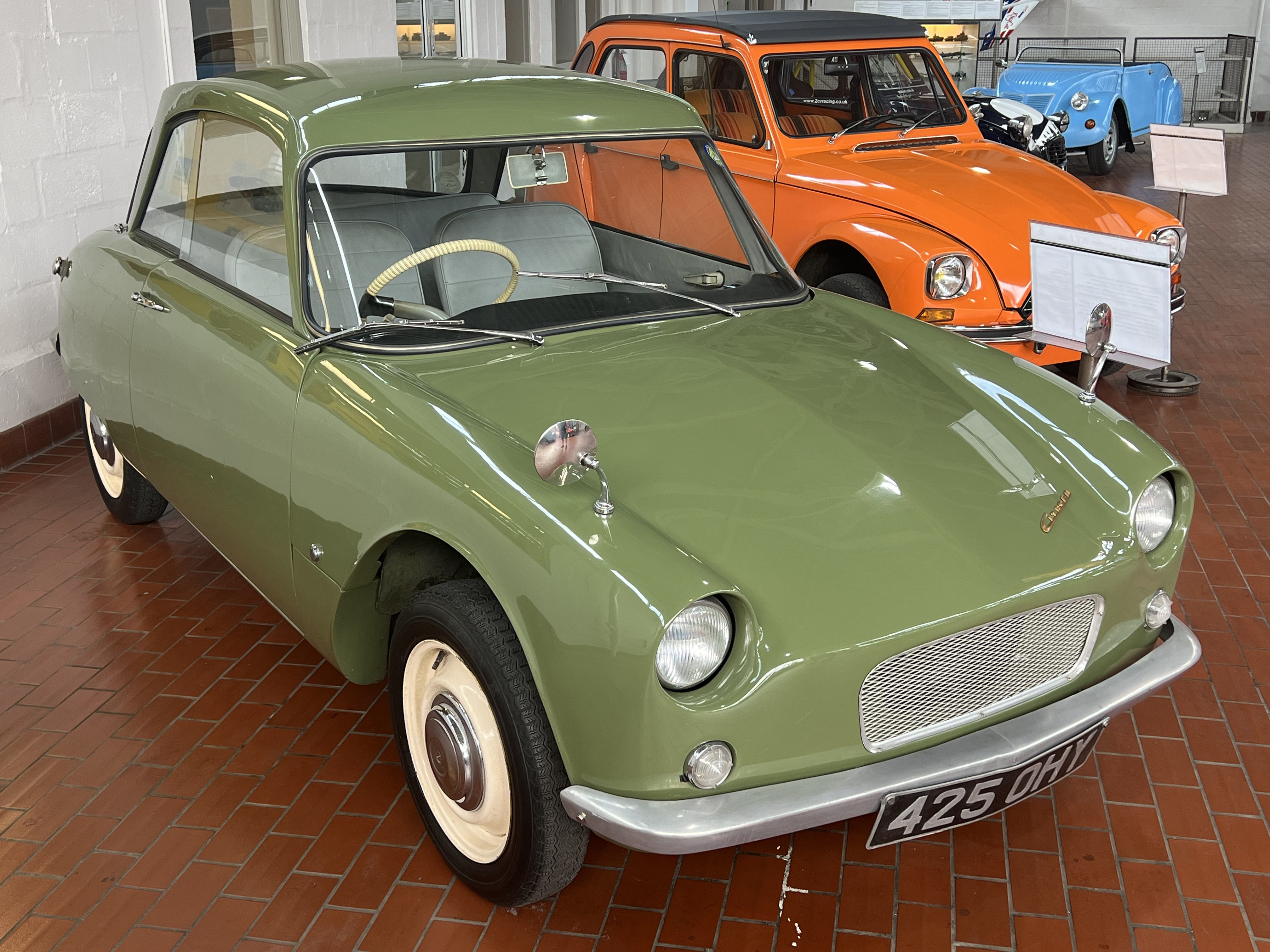 TaurusEmerald, Wikimedia Commons
TaurusEmerald, Wikimedia Commons
Panhard PL 17
Finally, the Panhard PL17 is our final of the greatest French cars ever made, though it was originally only marketed to buyers in the United States. 47 examples of the PL17 were sold in the US before it was marketed in Europe. It had rear-opening doors and was fitted with an 851cc engine that produced 42 hp. Two years later, French tax law changed to include vehicles made over 850cc in a higher tax bracket: Panhard responded by reducing the cc's on the PL17 to 848.
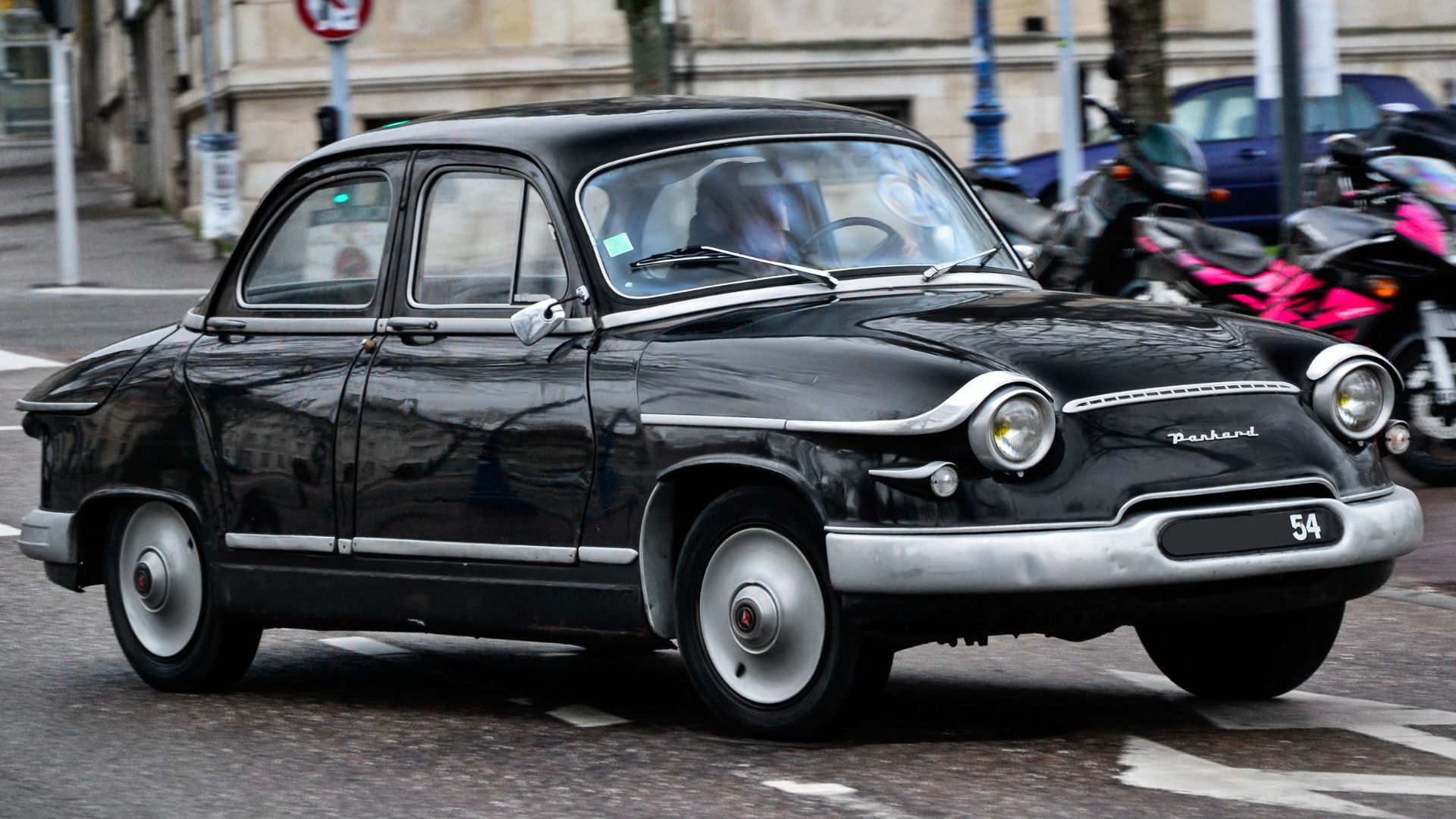 Alexandre Prevot from Nancy, France, Wikimedia Commons
Alexandre Prevot from Nancy, France, Wikimedia Commons
Panhard PL 17 (Cont'd)
The Panhard PL17 became the taxi cab of choice in Paris. Its size both inside and out was favorable to Parisian cabbies and it won them over with its steering, control, and excellent fuel economy. It achieved further national notoriety in 1961, when it won the Monte Carlo Rally, showcasing the efficacy of a lightweight vehicle with an 850cc engine.
Louis Renault: Genius & Menace?
French industrialist Louis Renault was the brains behind Renault Motors, building classic French cars since the late 19th century. He even built a Renault tank during World War II. The French engineer began Renault in 1898 with his brothers, Marcel and Fernande. He would eventually become the dominant shareholder in the company, but he was secretly a total menace to his employees.
Often using cruel, demeaning behavior to get his employees to meet his outlandish expectations, Time magazine described Renault as "cantankerous, often impatient and domineering". This earned him the moniker of the "Little Napoleon an automotive empire".
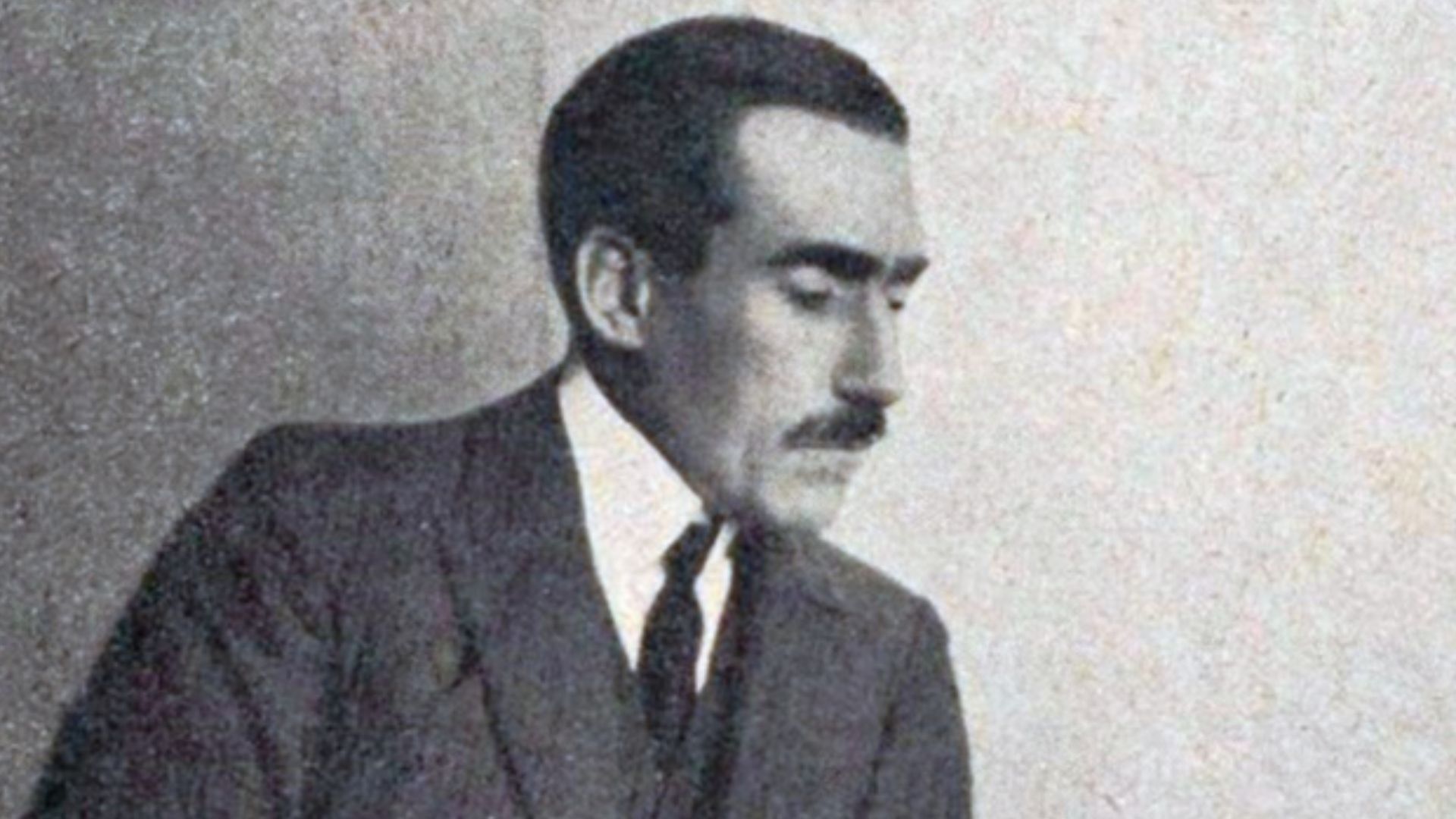 Automobilia-L'Automobile aux Armees, Wikimedia Commons
Automobilia-L'Automobile aux Armees, Wikimedia Commons
You May Also Like:
The British Royal Family's Car Collection
An Abu Dhabi Sheikh's Car Collection


